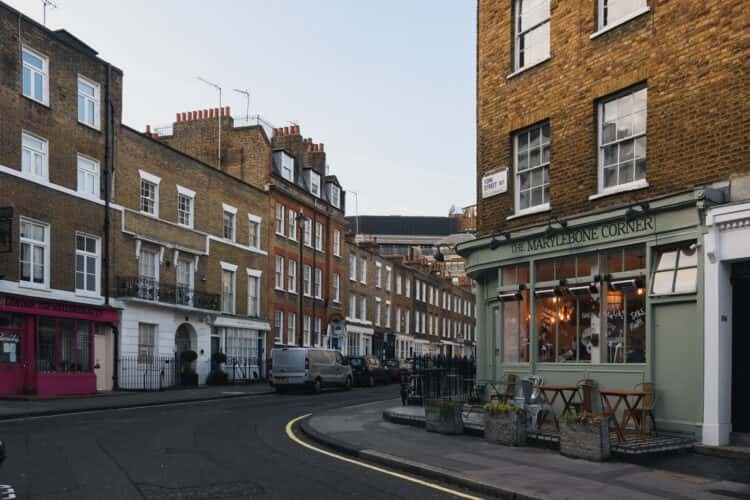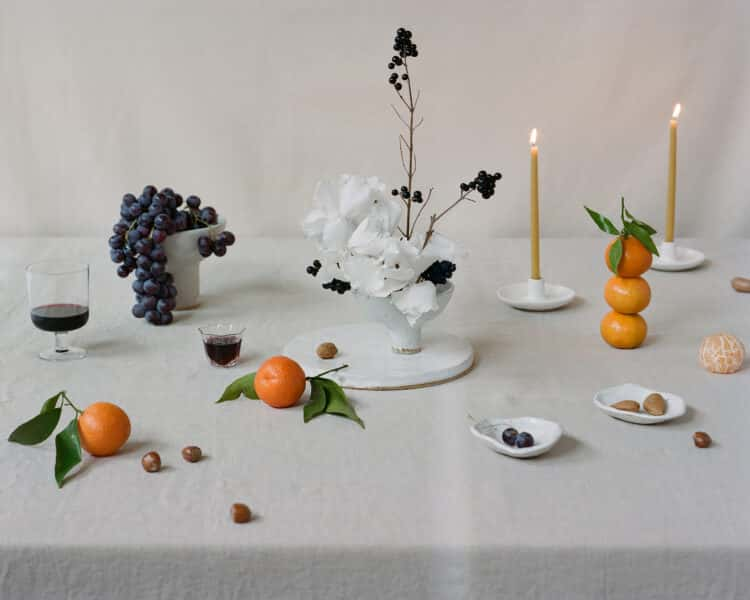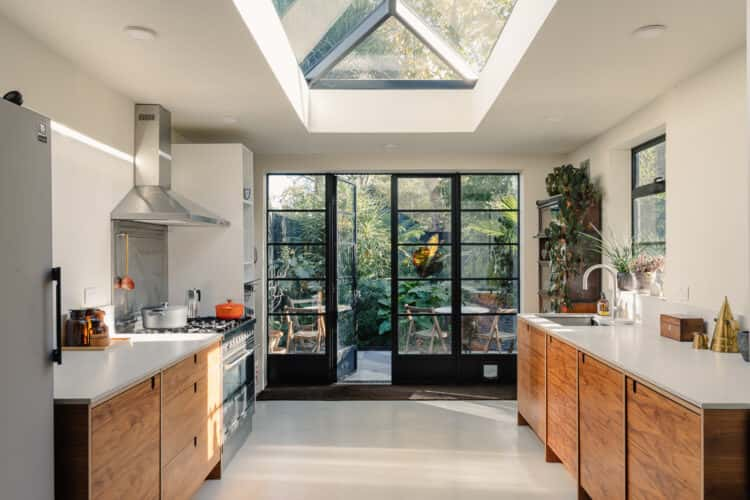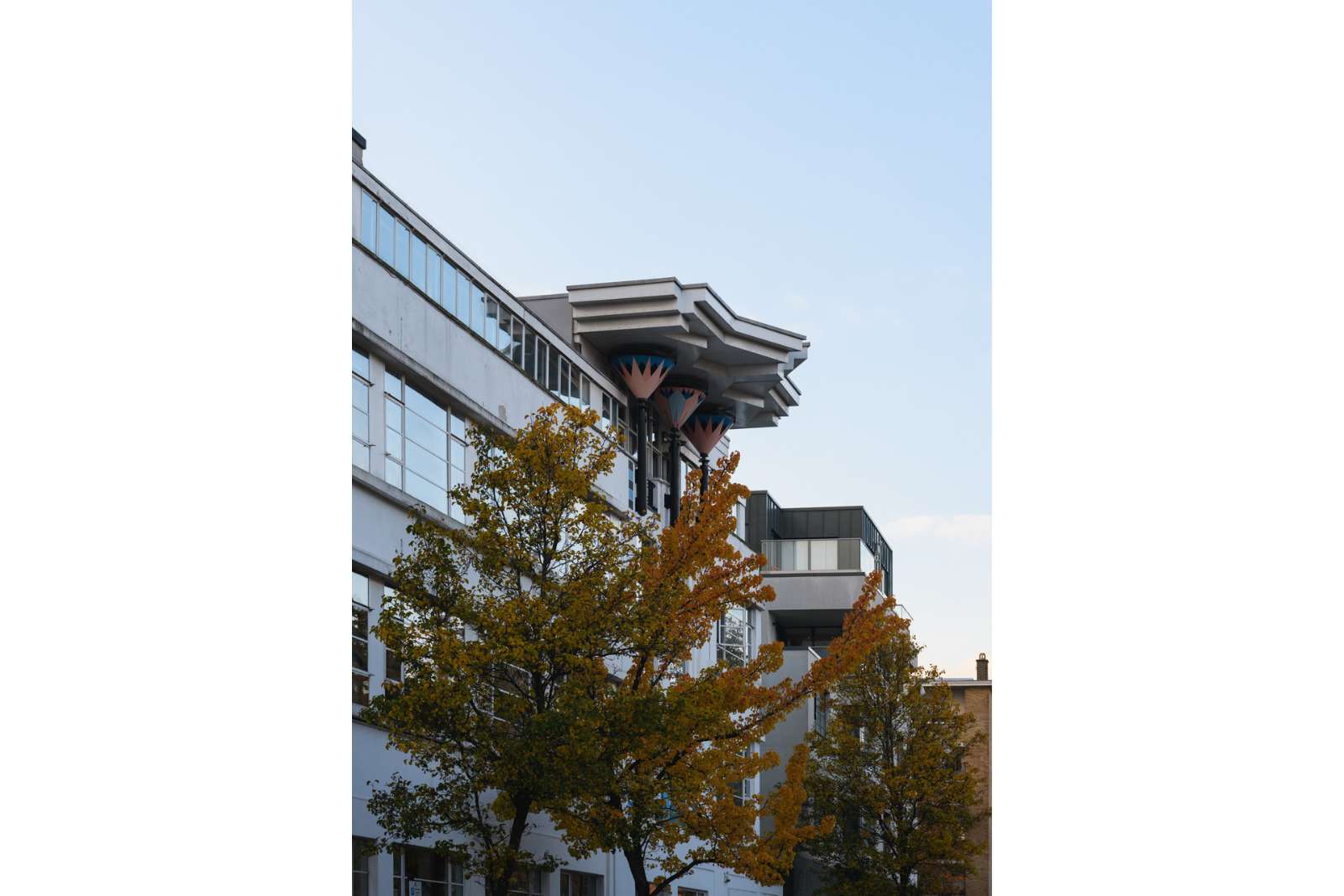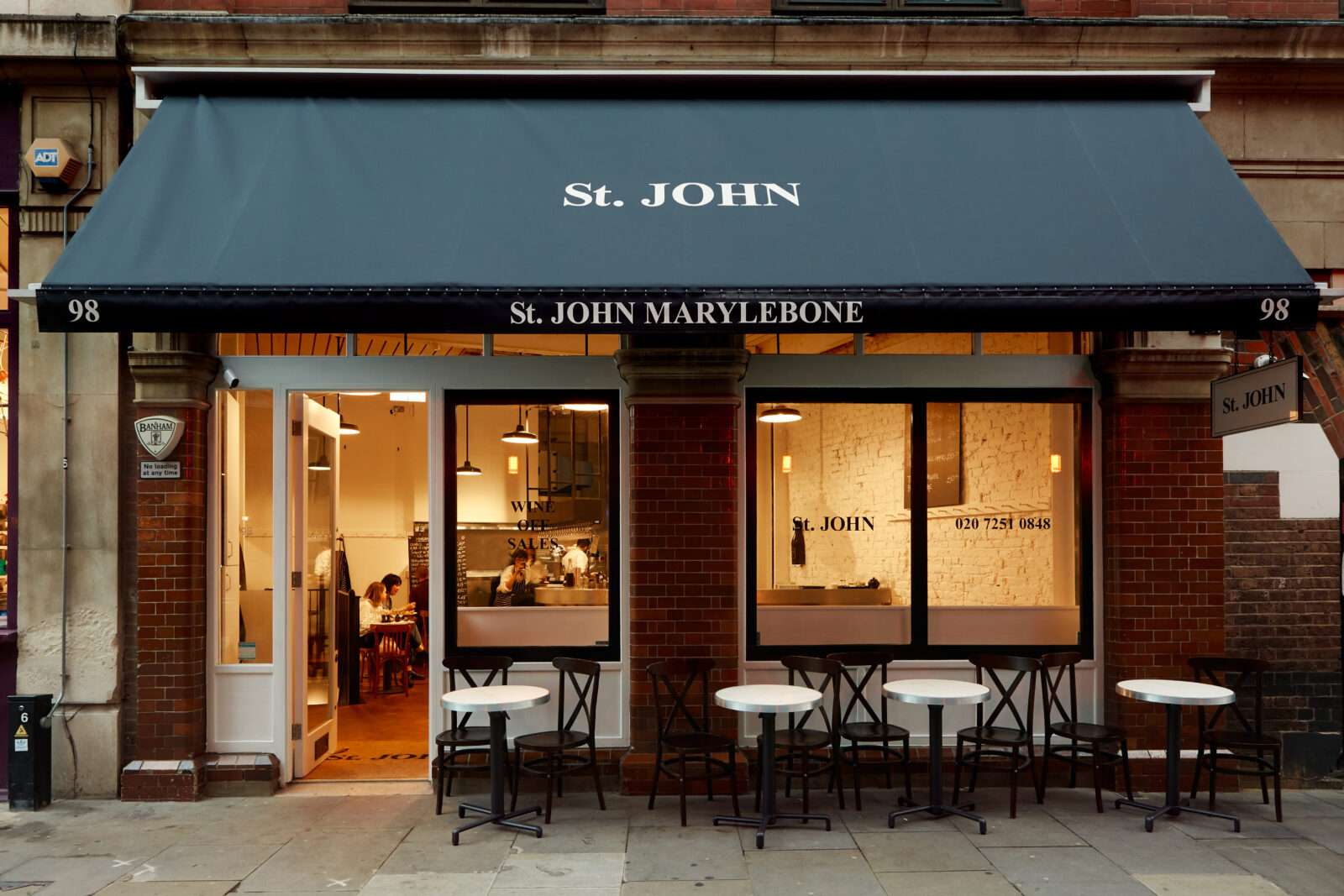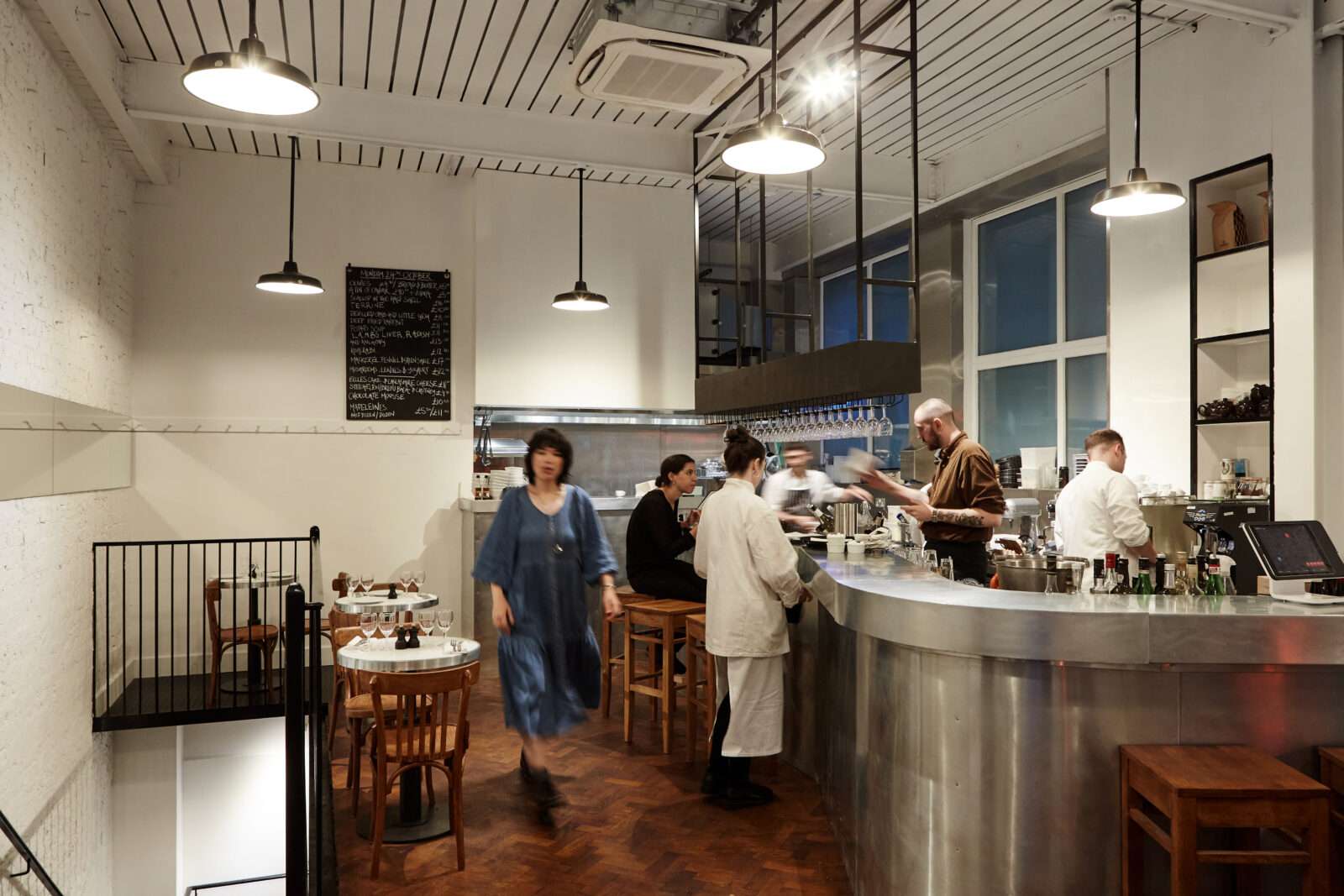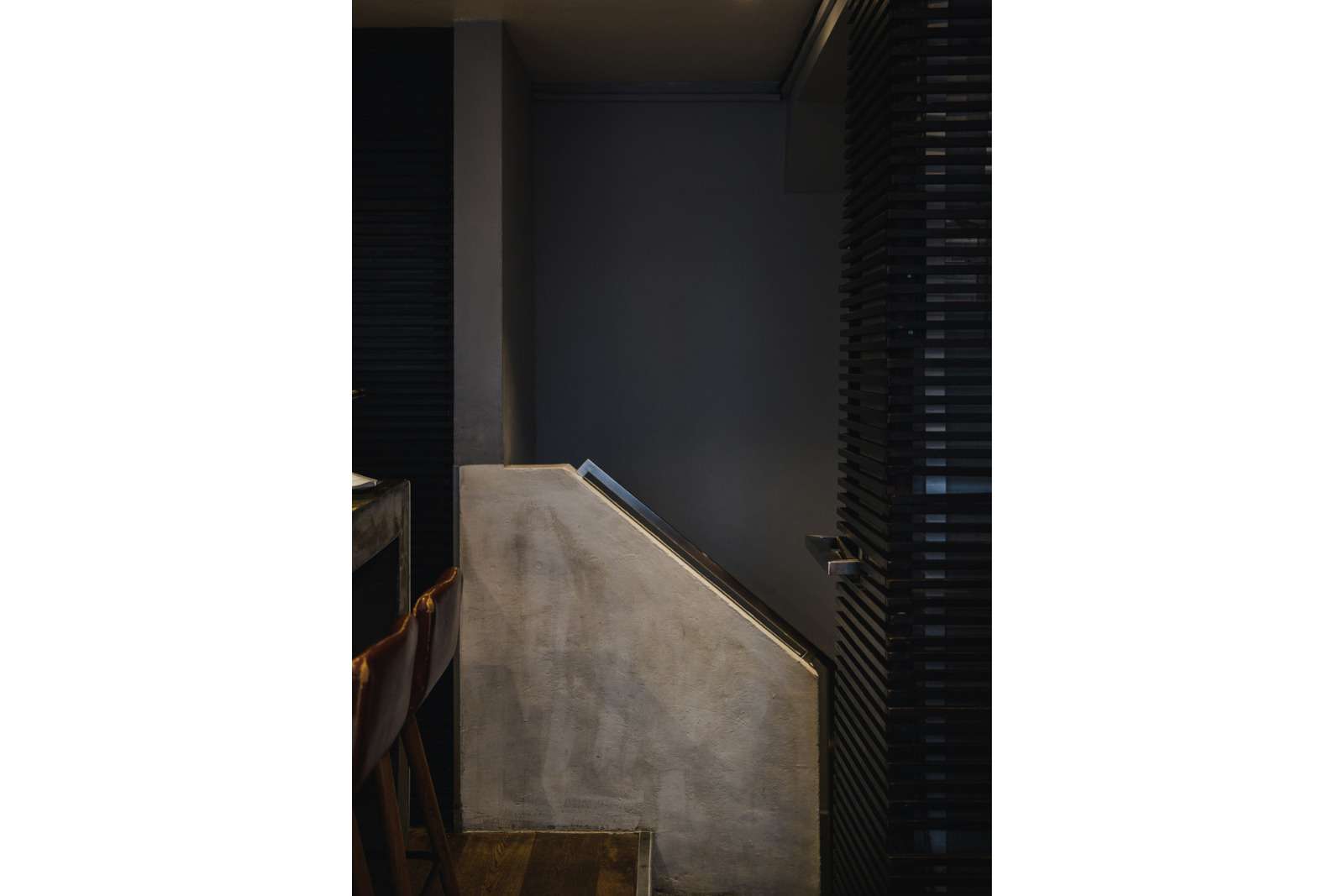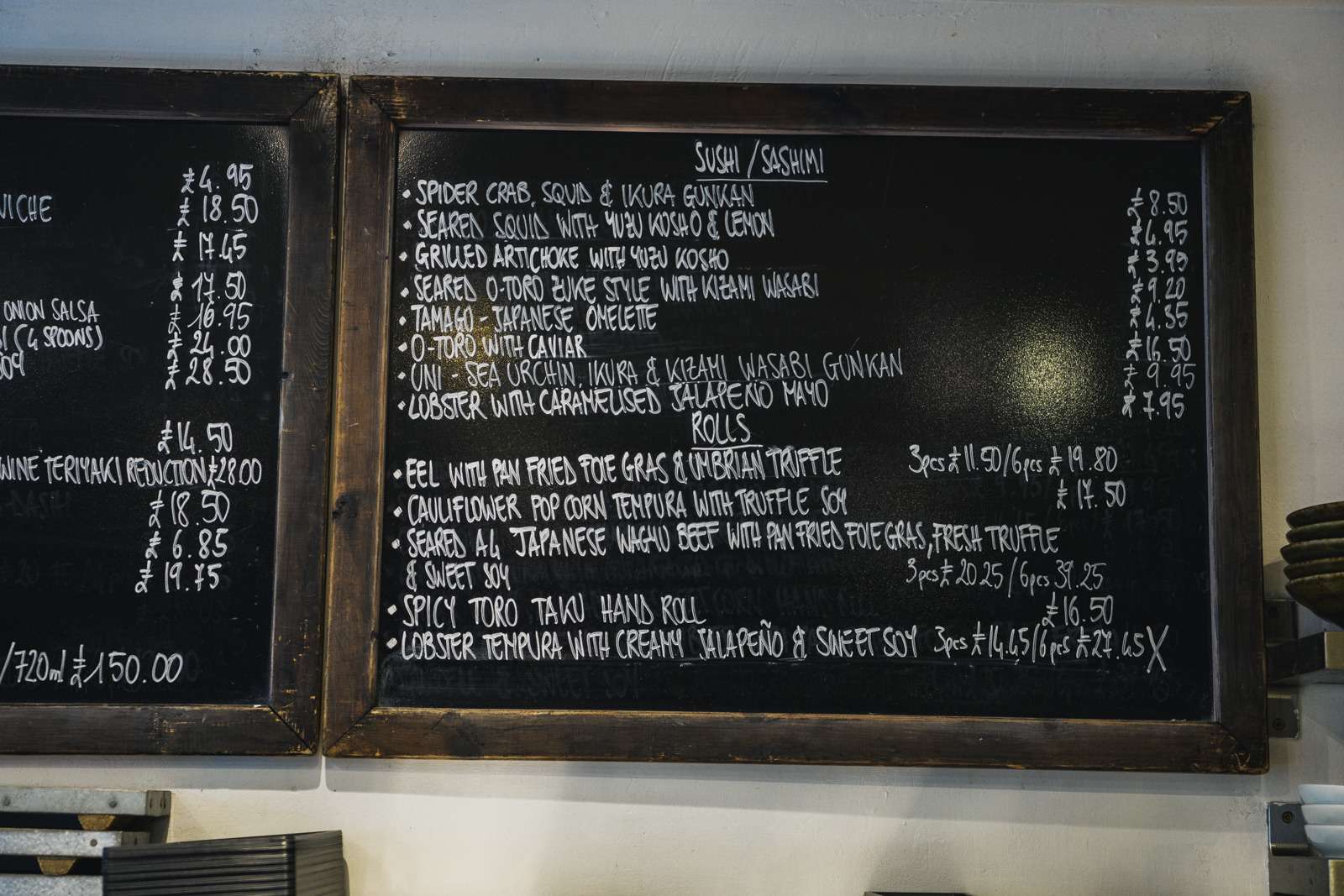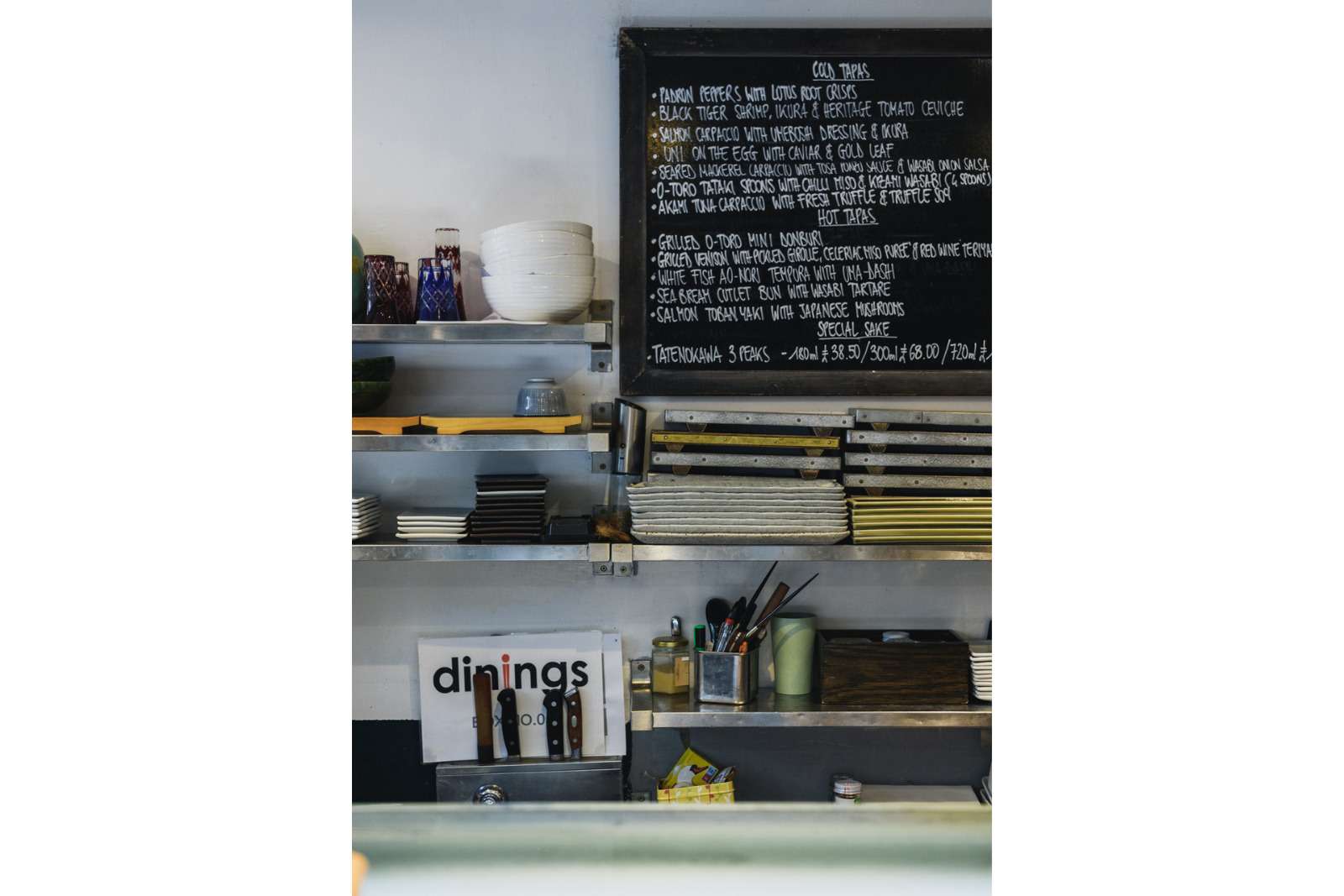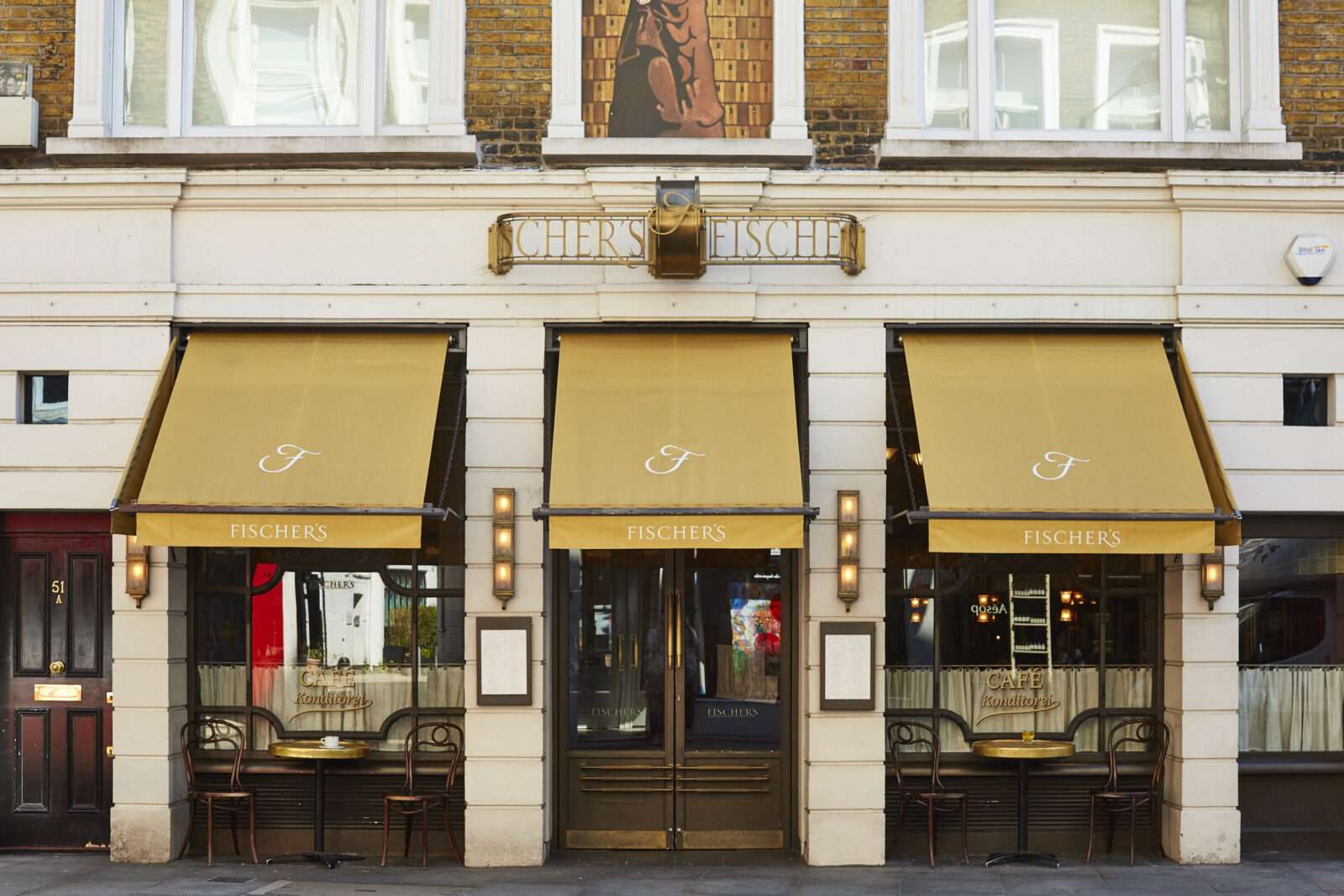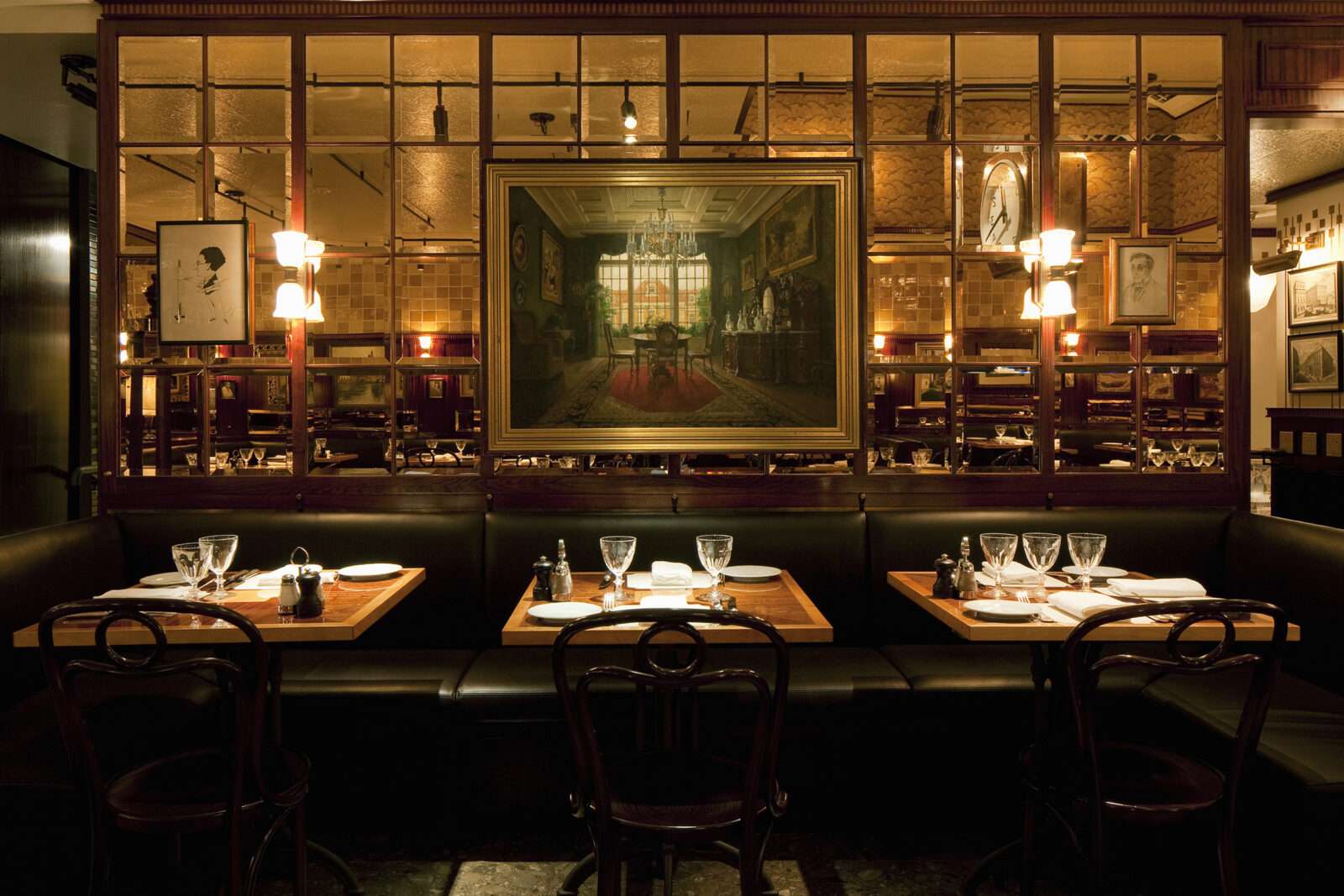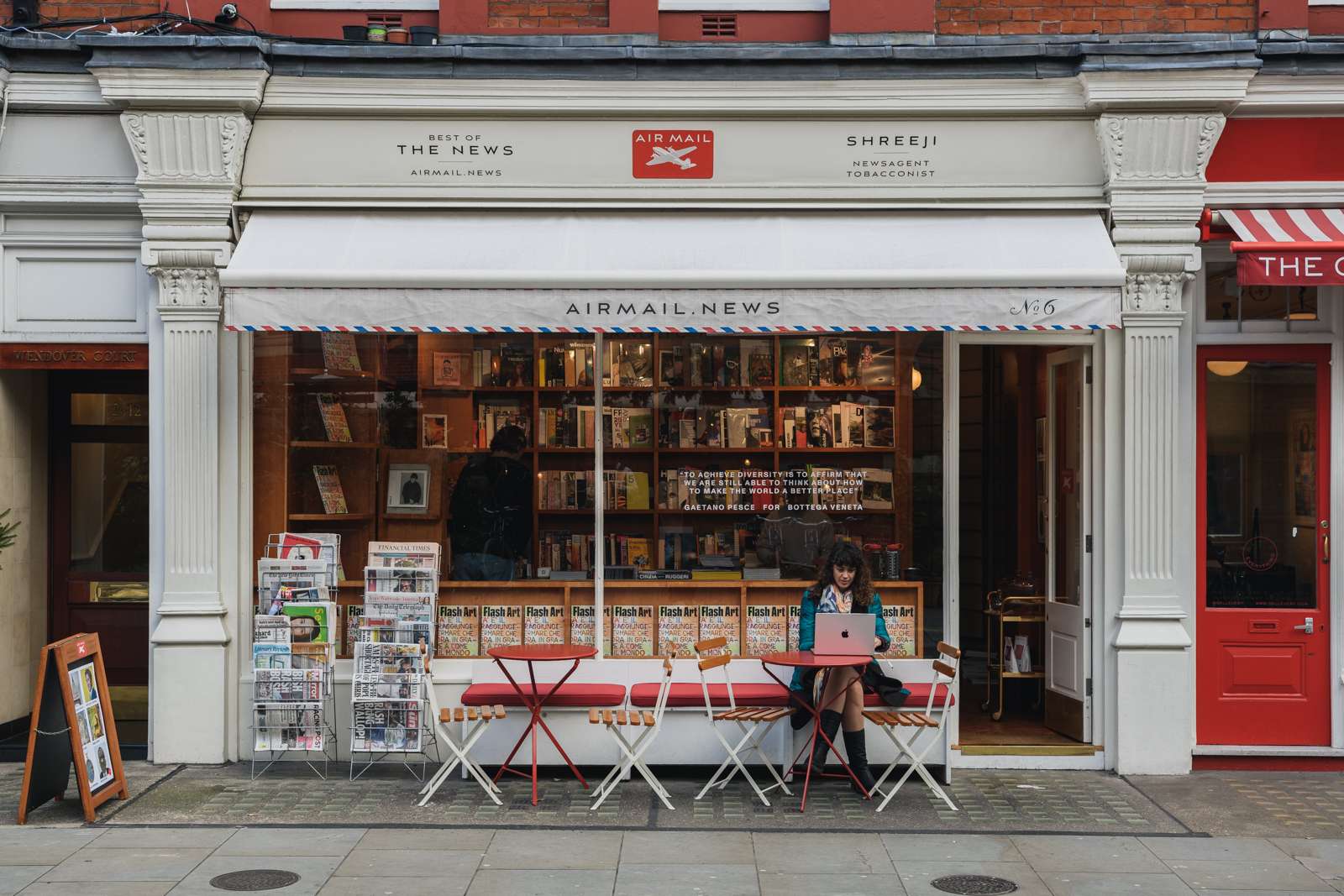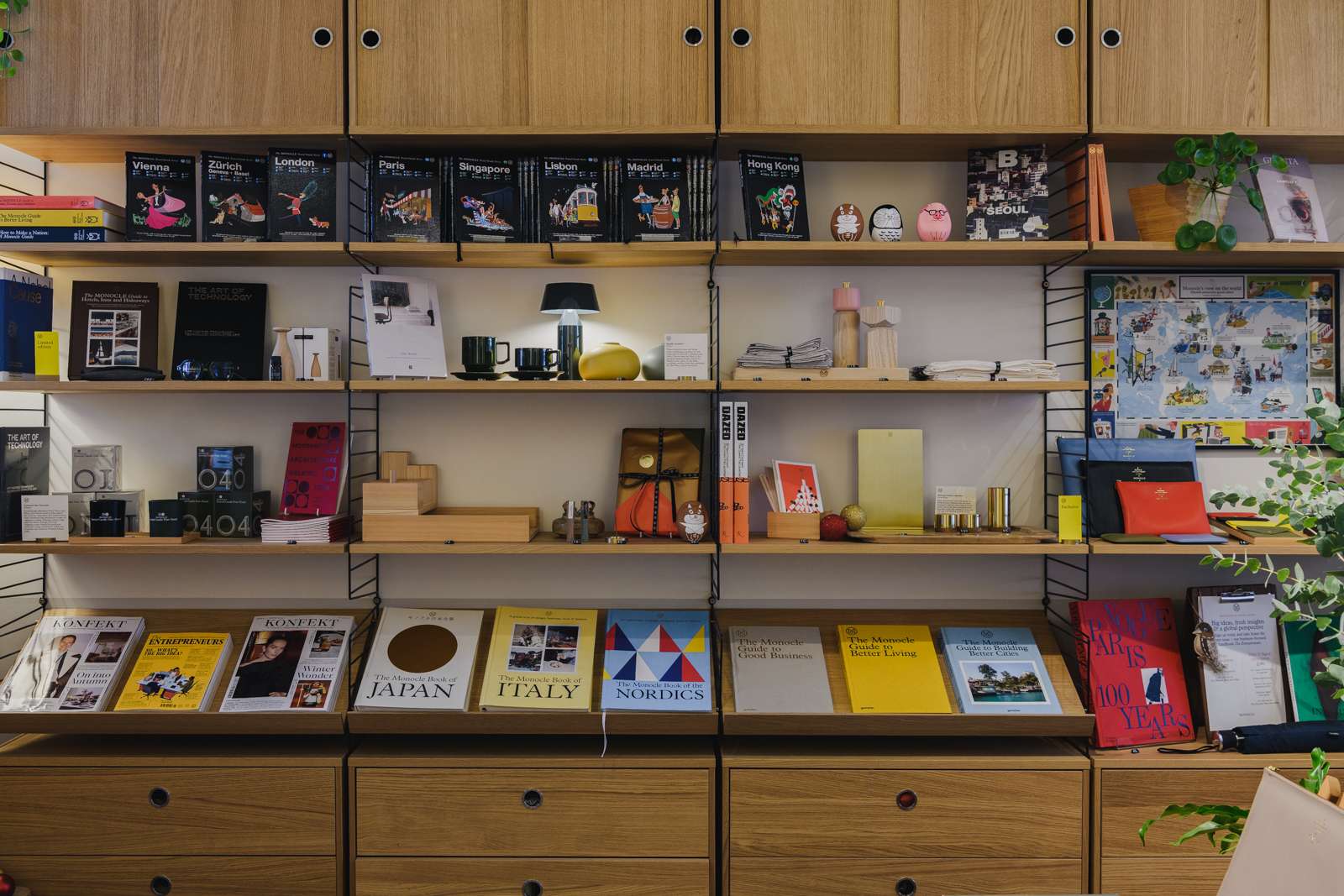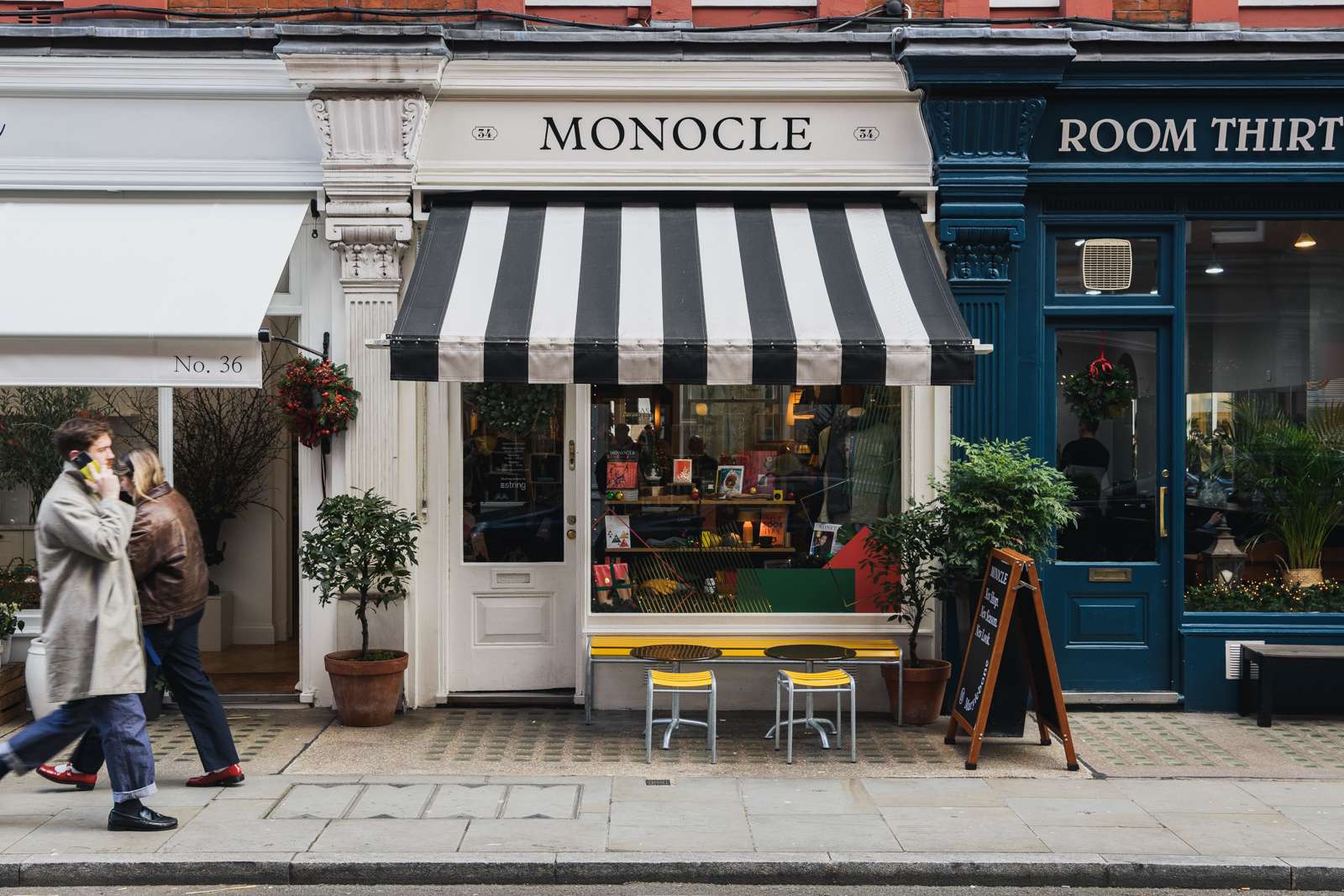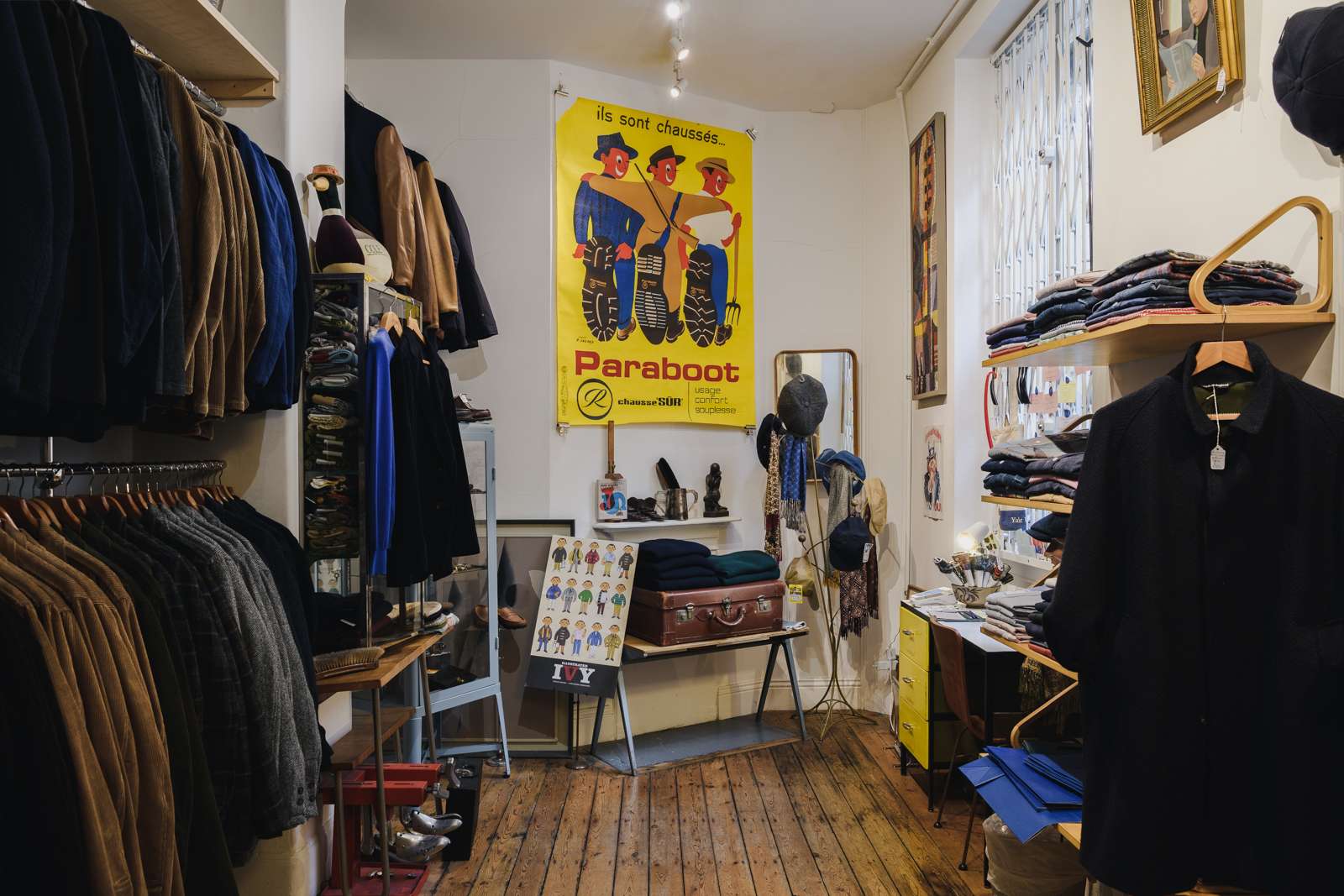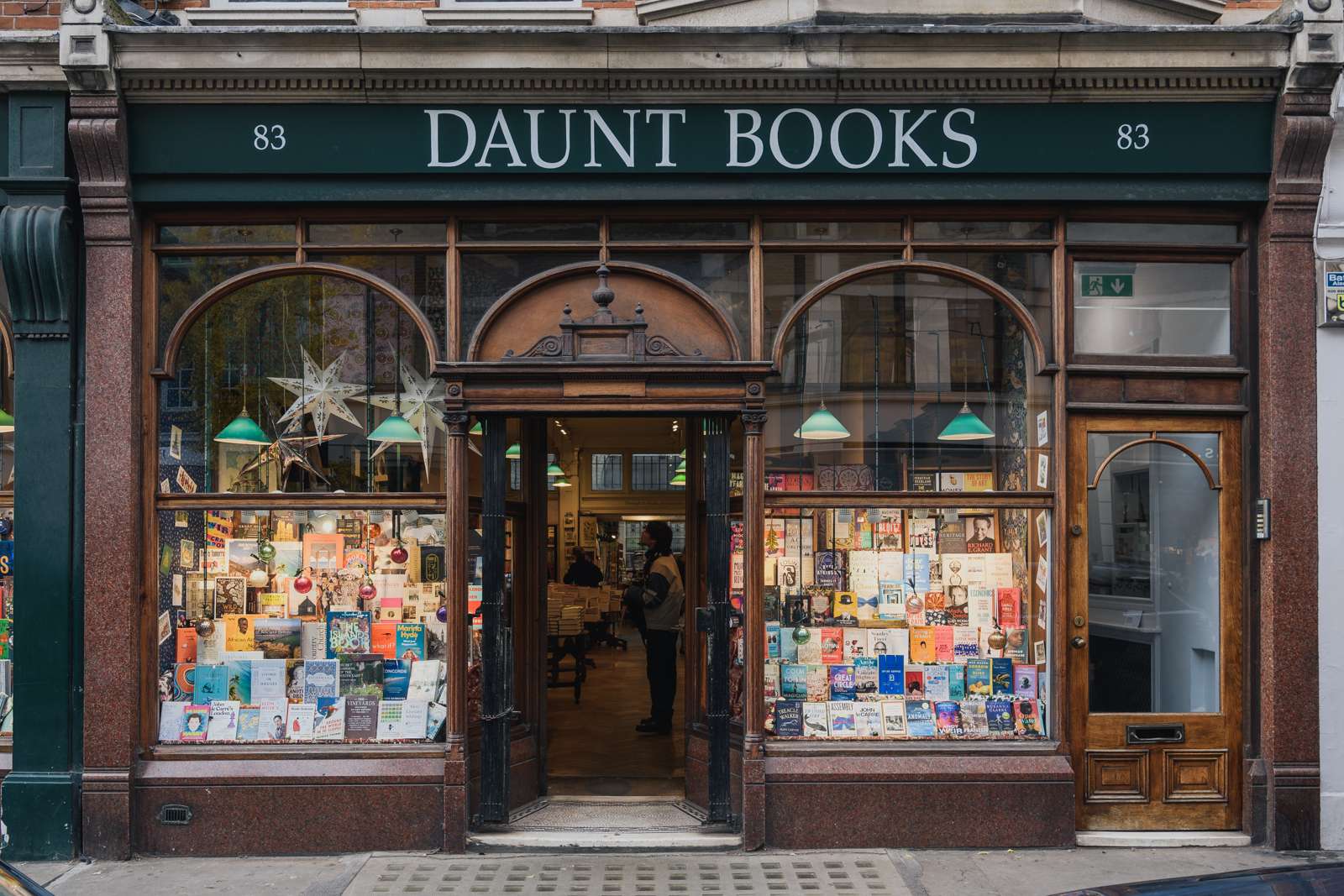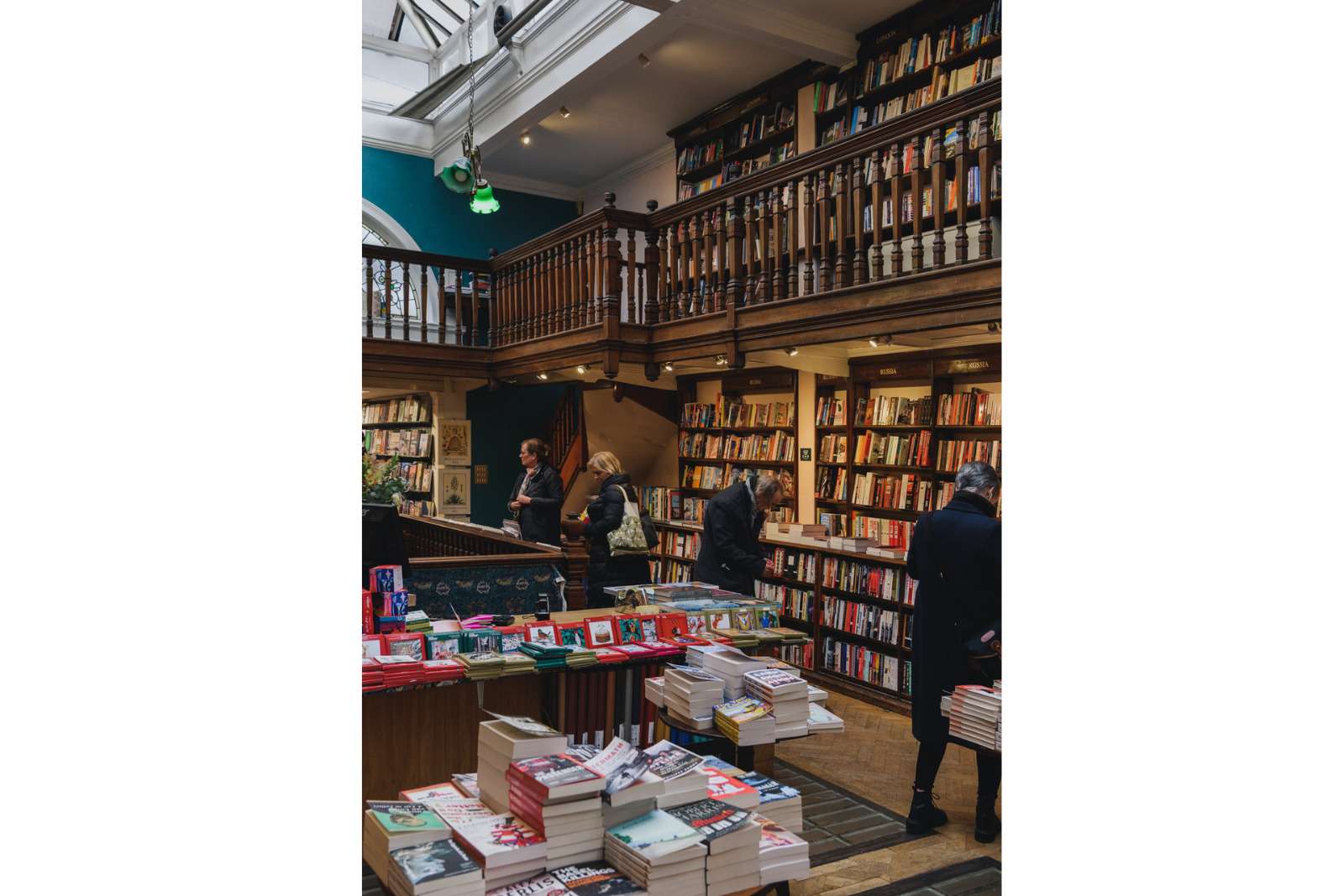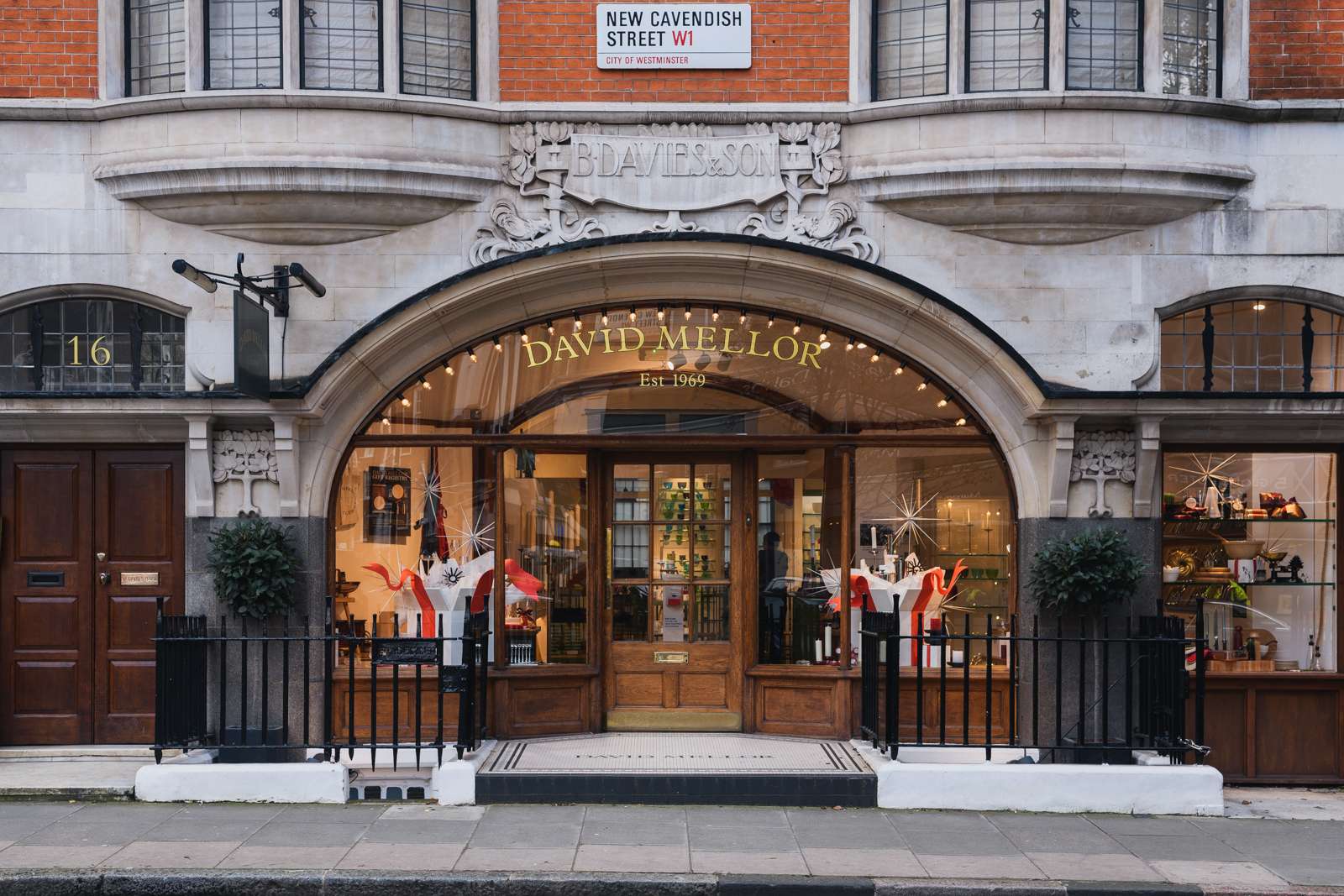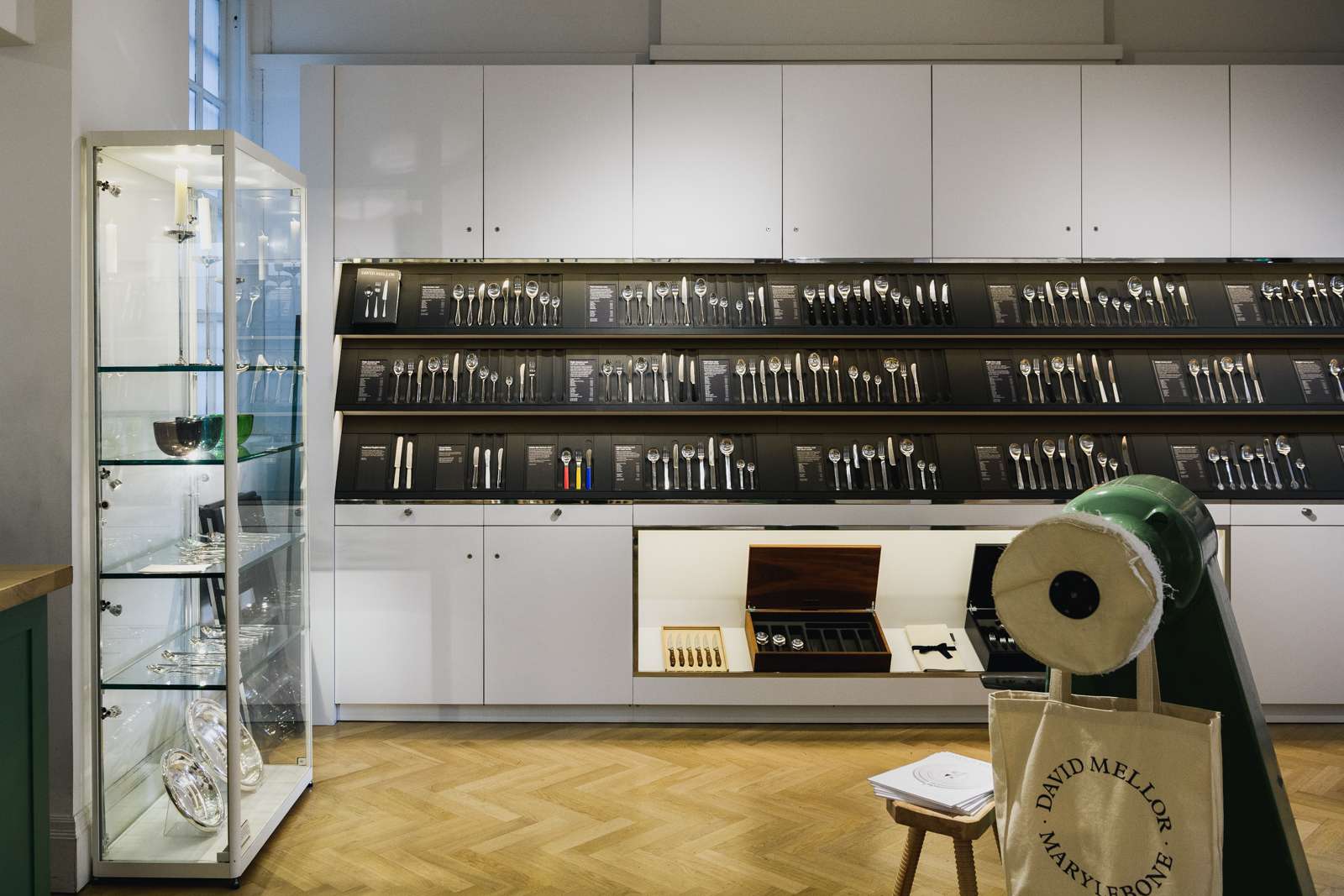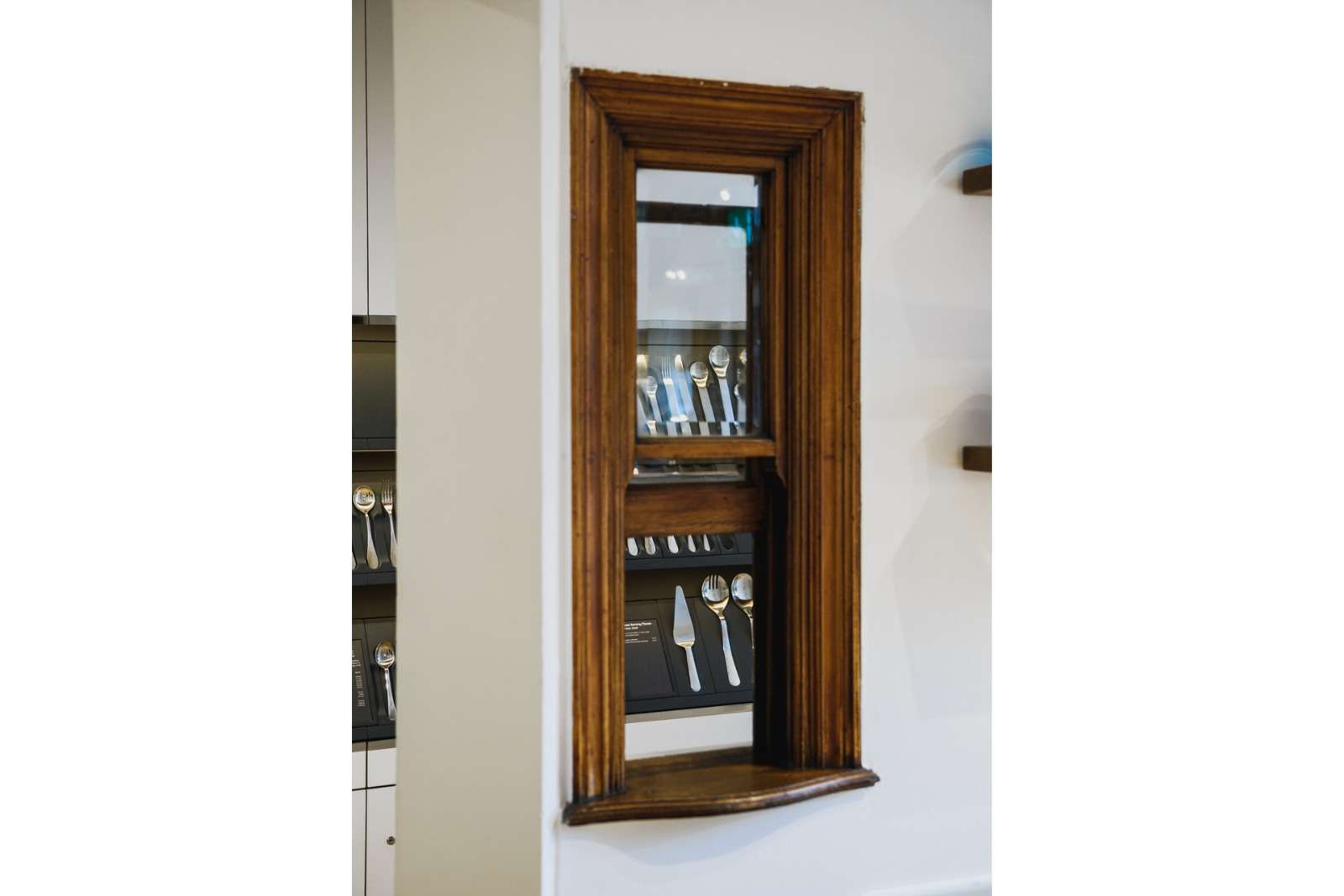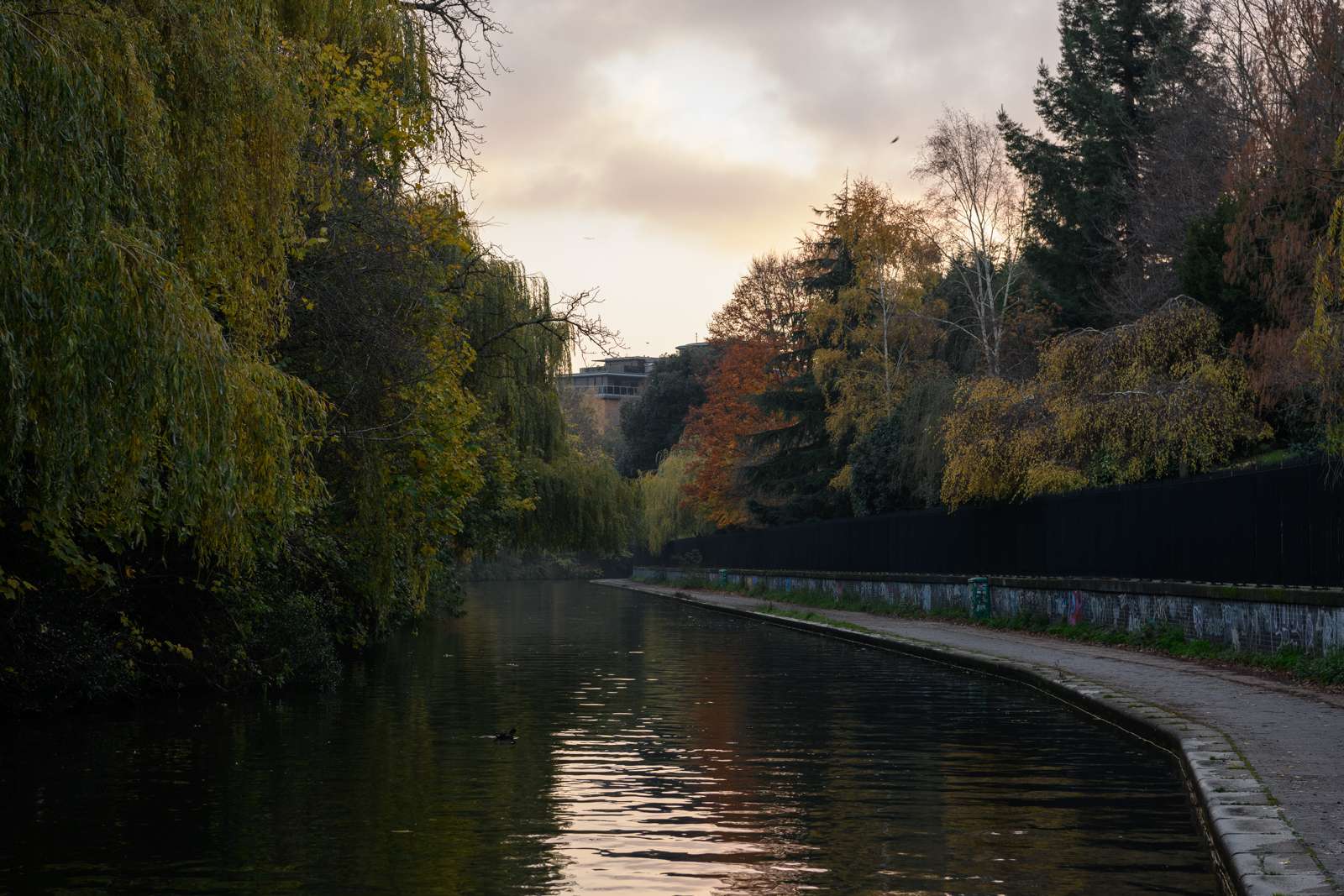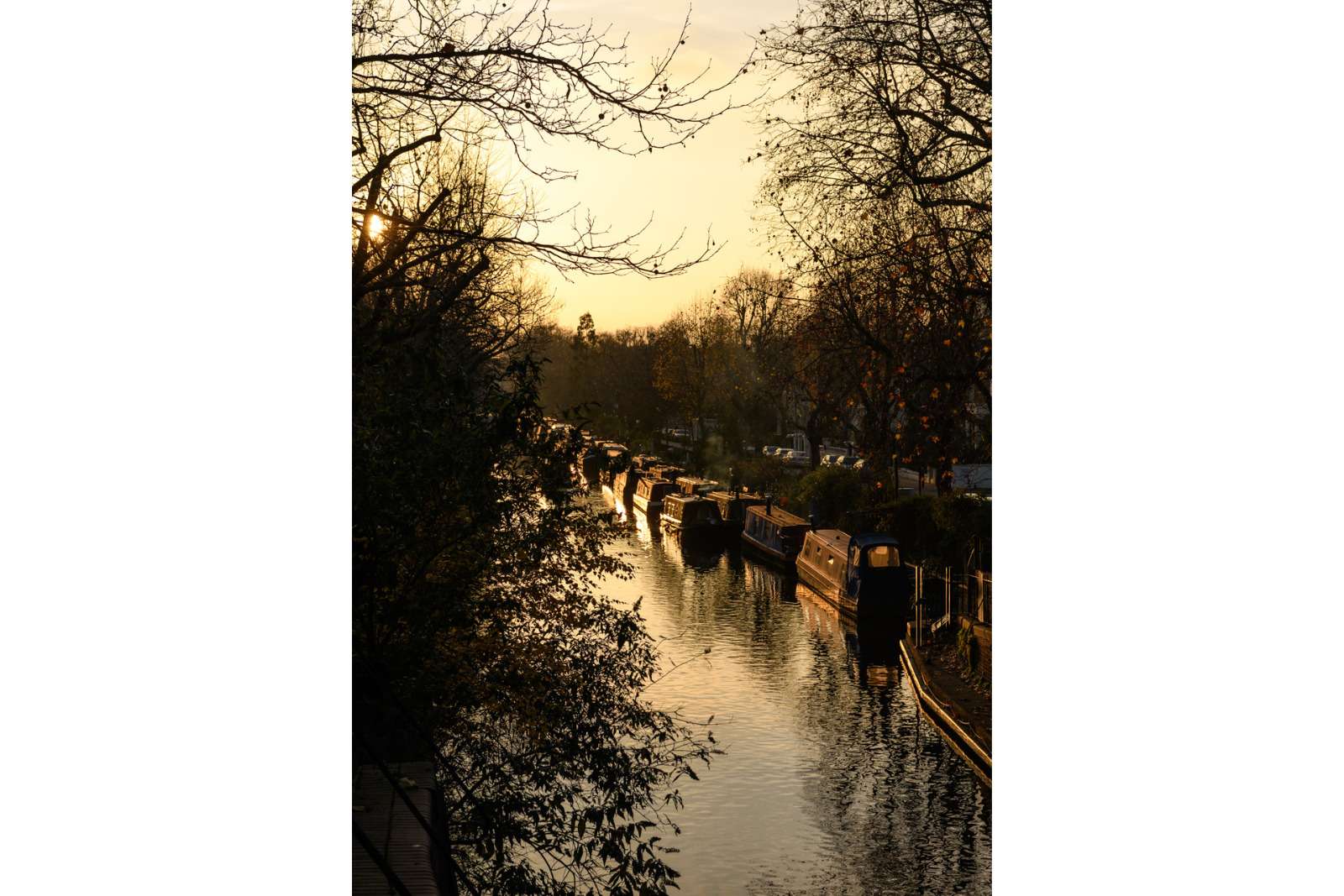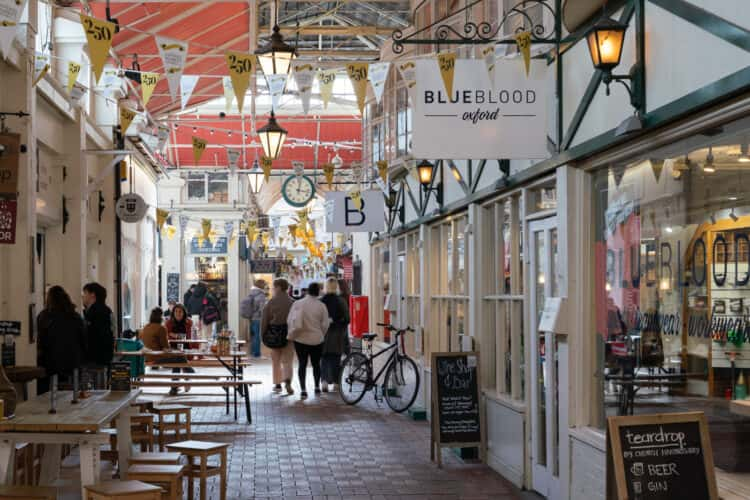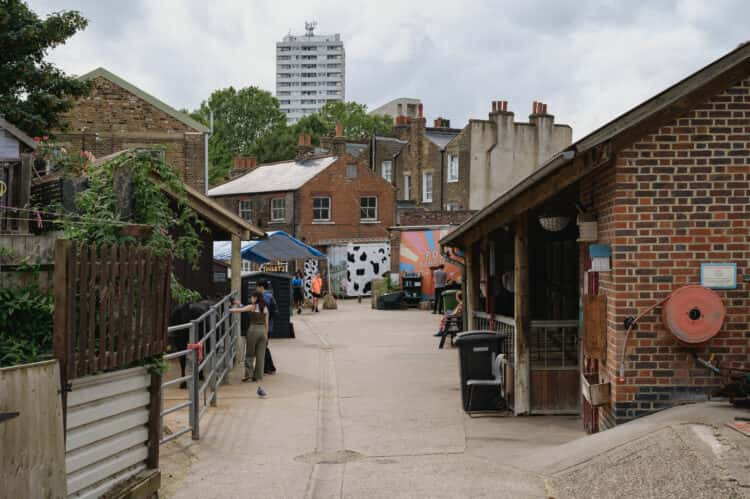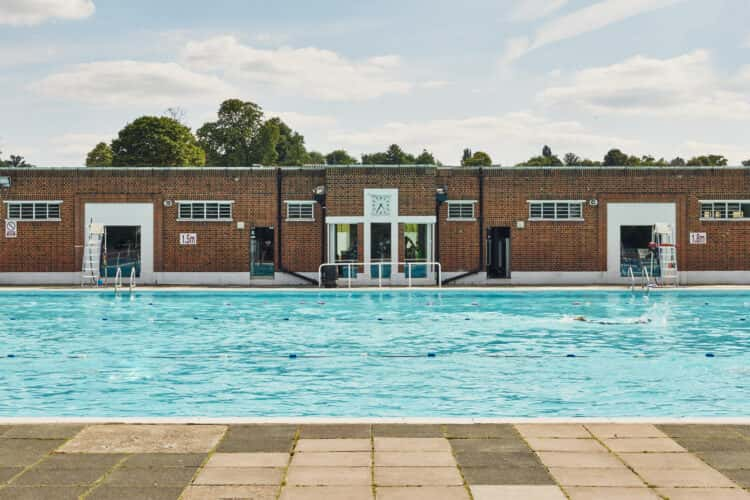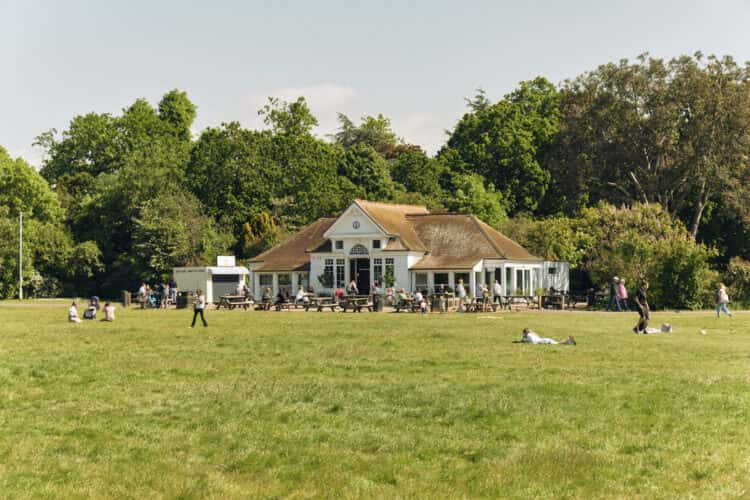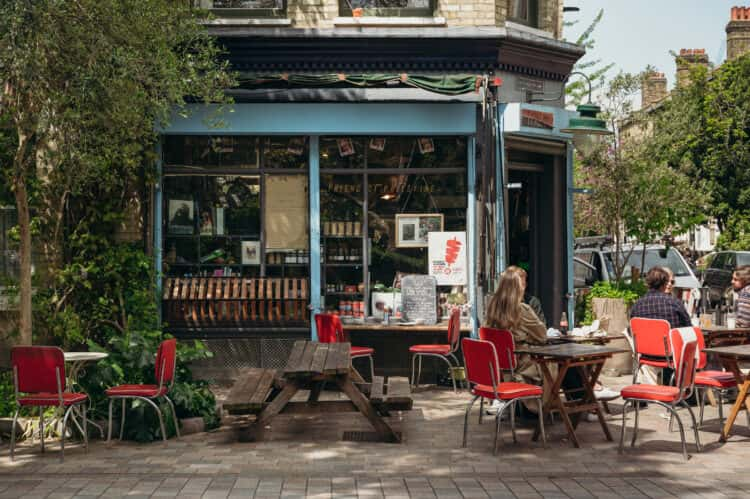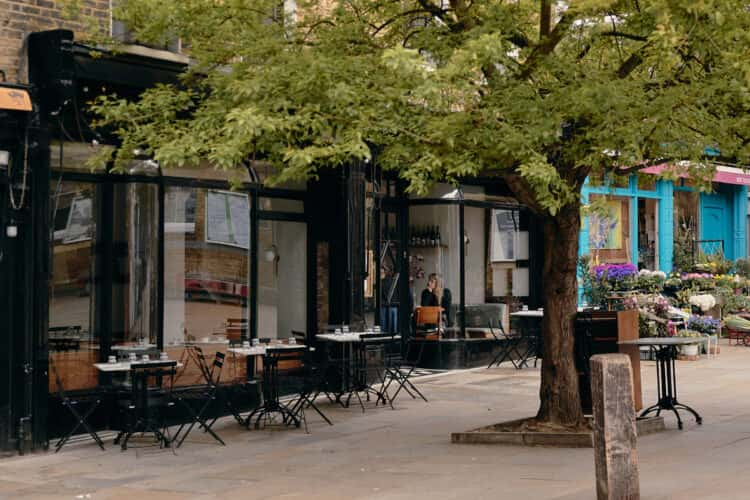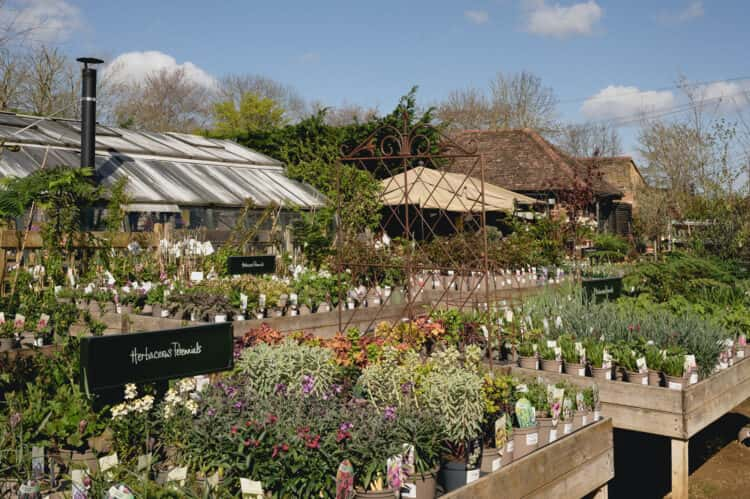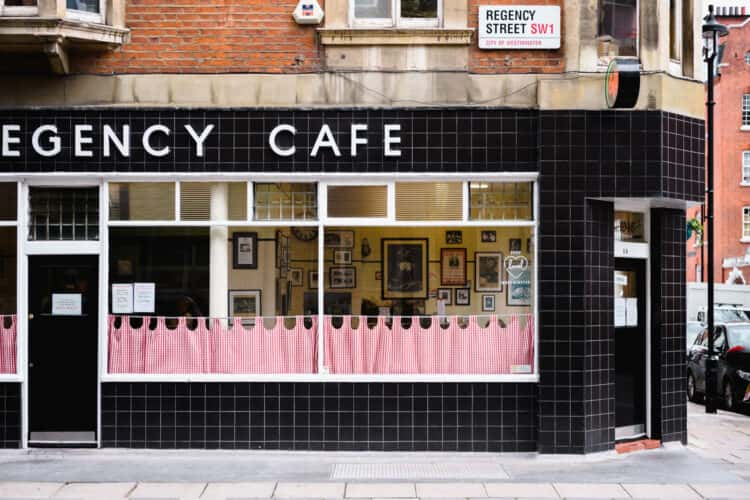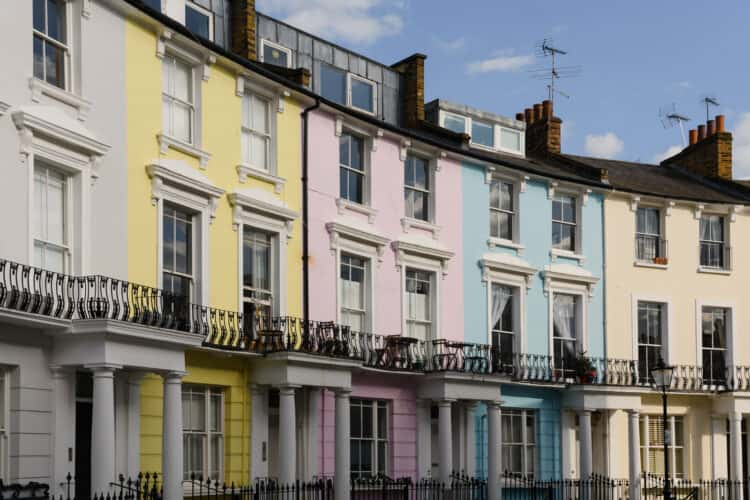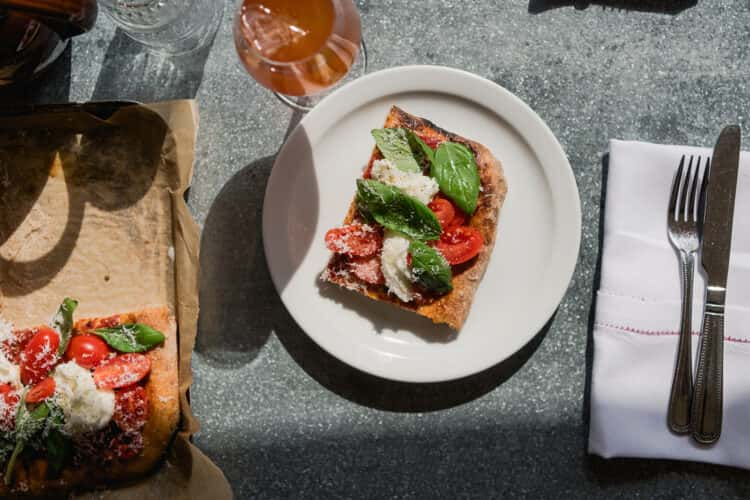A modern guide to Marylebone: from the best architecture to contemporary art
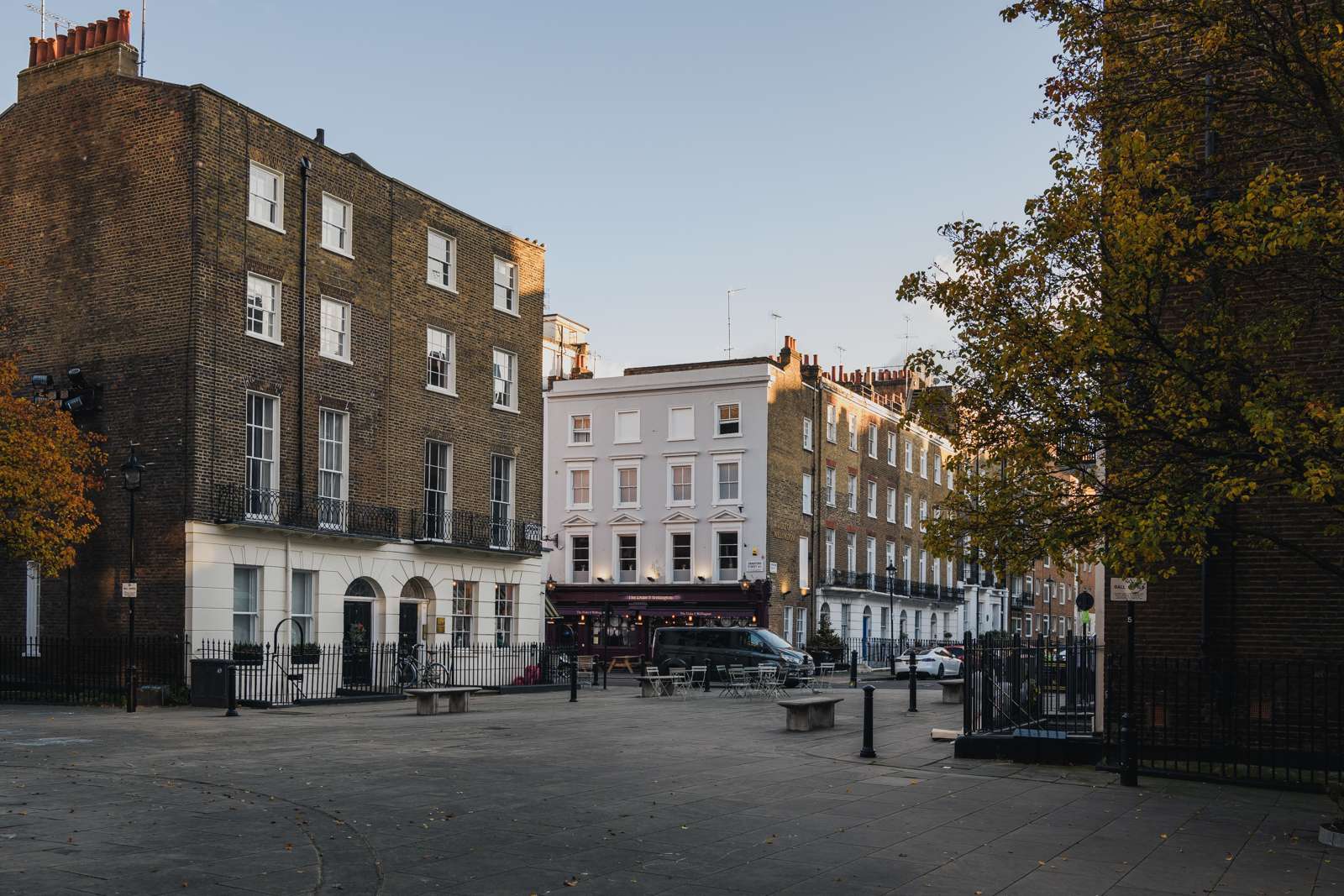
In an ever-shifting, global city that pushes forward with the new, Marylebone has a local and traditional flavour that stems from its compact footprint, bijou bars and small-fronted independent shops. Acting as a backdrop to this tight-knit community are beautiful Georgian terraces and red-brick Victorian mansions that – unlike some neighbouring central London areas – people actually live in. The pleasing residential architecture here is a pure delight to pore over, while the area itself has something for everyone.
There’s the authentic spirit of market strip Church Street, the charming village-like feel of Marylebone Village and Chiltern Street, a thriving stretch of independent shops and cafes. Plus plenty of restaurants serving quality cuisine from around the world – from Japanese to Vienesse – and contemporary art galleries championing established and emerging talent alike. Neatly positioned between the beautiful Regent’s Park to the north and the retail bedlam of Oxford Street to the south, there’s plenty to do and see. Here’s our guide to this north-west London corner and its borders.
SEE
1. The Old Aeroworks
This 1920s Art Deco pile, one of the oldest concrete buildings in Britain, was built as a site to construct timber houses, but later pivoted into an aircraft factory during World War II. Practice Munkenbeck & Marshall were then tapped to remodel it into residential quarters – the most notable of which was designed by architect Sir Terry Farrell, known for his 1980s post-modernist style. While a nosey inside may not be possible for bypassers, it’s worth walking by the sea-green-tiled entrance, which feels like a collision between a tube station and a Wes Anderson set, providing the largely brutalist exterior with a dash of whim.
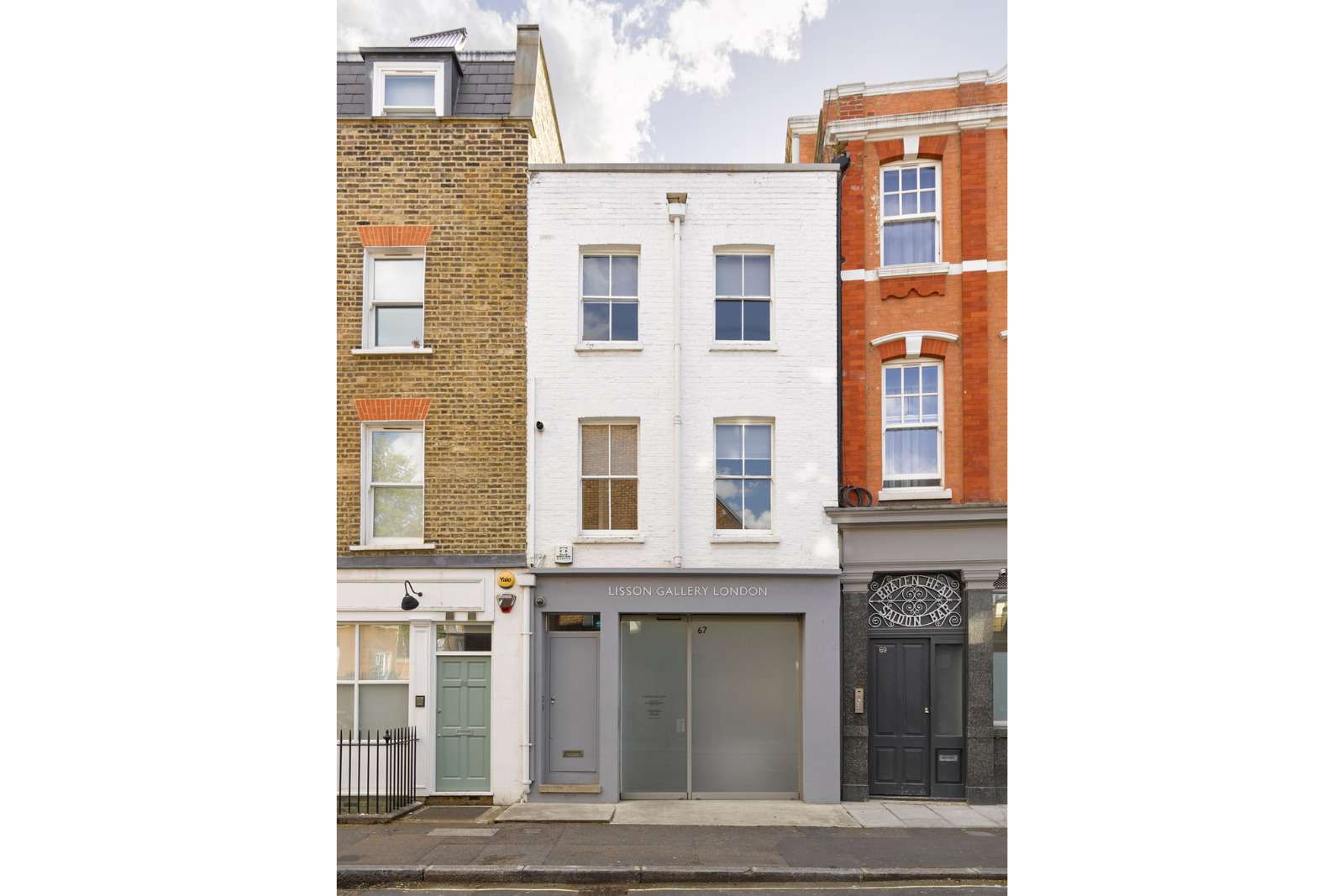
2. Lisson Gallery
When dealer Nicholas Logsdail launched Lisson Gallery in 1967, he was one of the first to show a serious commitment to minimal and conceptual artists, including Donald Judd, Sol LeWitt and Robert Ryman. During the following decade, he brought British sculptors, such as Anish Kapoor and Julian Opie, into public consciousness; and since the turn of the millennium, his creative hub has hosted international big-hitters (Ai Weiwei, Susan Hiller).
With permanent spaces in New York and Shanghai, Lisson has two galleries in London, one of which – the original Lisson Gallery – is located on Bell Street and the other on Lisson Grove. Both have snaking and deceptively voluminous floorplans and have served as backdrops to recent exhibitions, including John Akomfrah’s ‘The Unintended Beauty of Disaster’, which covered the Black Lives Matter protests, and Lee Ufan’s pared-down paintings in ‘Response’.
EAT
3. St John Marylebone
It is said that after his first meal at St John, Anthony Bourdain walked into the kitchen and bowed at the feet of Fergus Henderson, such is the depth of reverence held for the British chef celebrated for his emphasis on seasonal ingredients, nose-to-tail cooking and simple plating. St John’s third restaurant, an all-day venture on Marylebone Lane, is firmly rooted in the brand’s signature lo-fi aesthetic and comforting fare, but it’s been brought up to date with a continental feel, notably via a wine bar near the entrance and a blackboard of rotating small plates that may feature deep-fried rarebit, smoked sprats, cold roast mallard and chopped venison.
4. Dinings
Dinings is the well-established Marylebone fixture that was opened in 2006 by Tomonari Chiba and Keiji Fuku, a pair of former Nobu chefs. Both were earlier adopters of dovetailing Japanese hallmarks – the seriousness of intimate counter dining and the freewheeling openness of the izakaya ethos – with European-style small plates. Now the food line-up depends on what’s available at the market that day – recent dishes that have caught our eye include grilled black cod that’s been marinated in chilli and garlic; an open-roll of yellowtail with seared-jalapeño mayonnaise; and a sashimi of Cornish saba – but there’s always the omakase option in which you’ll leave the decision-making to the chefs.
5. Fischer’s
Fischer’s is an ode to early-20th-century Vienna, with an interior that’s saturated with high-gloss veneered tabletops, Edelman-leather seating and warm, amber lighting. The menu, which runs from morning until late evening, is a fine reproduction of Mitteleuropean cuisine, including wild-boar goulash with herb-buttered spätzle, and sweet-mustard herring with pickled vegetables.
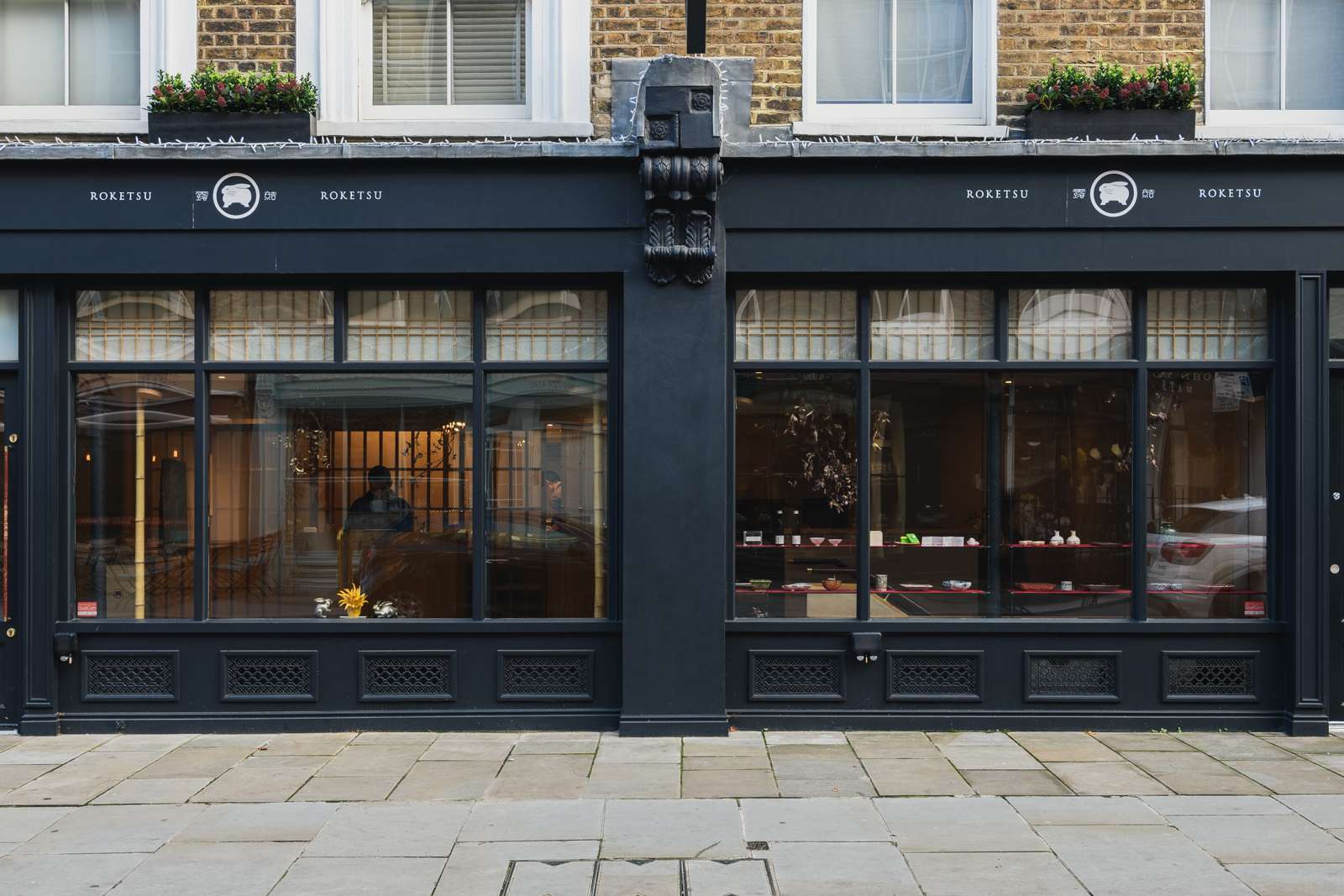
6. Roketsu
Kaiseki cuisine, which is firmly rooted in the 16th century, is widely considered the highest expression of Japanese food, an elegantly choreographed sequence of small dishes that are finely tuned to the season’s harvest. At Roketsu, Daisuke Hayashi, who did a splendid two-decade run at the world-renowned Kikunoi, in Kyoto, serves the traditional multi-course cuisine in a spare, refined dining room imported from Japan and anchored around a 10-seat counter formed from century-old hinoki. In summer, you may come across seared Cornish brill with green onions and pickled rhubarb; during hunting season, there could be quail with grilled Fushimi peppers and candied beetroot.
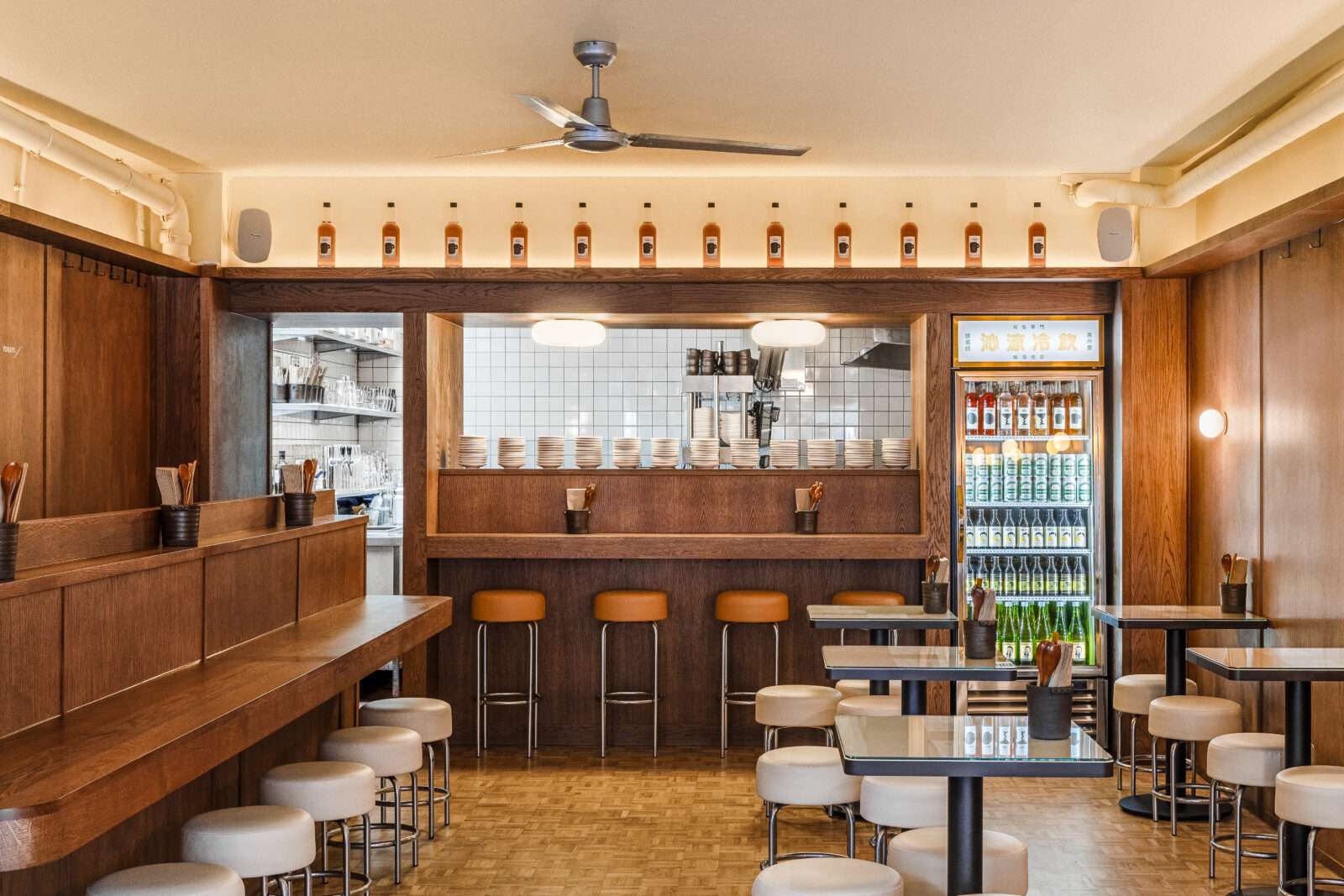
7. BAO Marylebone
BAO is a brilliant London-based restaurant business founded by Erchen Chang, Shing Tat Chung and Wai Ting Chung, which is famous for its fluffy Taiwanese buns. While these remain a menu staple at the Marylebone outpost (you can also find BAO in Borough, Battersea, Shoreditch, Soho and Kings Cross), its other speciality is equally delicious: dumplings. Choose between steamed ones filled with cull yaw or prawn (which come swimming in broth), or fried filled with mushroom. The cold starters are also divine – particularly the soy-braised tofu with egg – and you can’t go wrong with the smacked cucumber.
SHOP
8. Chiltern Street
On this quiet stretch of bijoux, independent stores, it seems impossible that less than half a mile away is Oxford Street, the spiritual and physical home of American candy stores and every mass retailer you can think of. But such is the charm of Marylebone, in many ways. On Chiltern Street head to Trunk Clothiers, for its tight edit of luxury casualwear labels from Europe, Japan and the US; John Simons, for preppy fashion; and browse wardrobe basics at Sunspel. The Monocle Café, with its global menu of egg sandos and Swedish buns, is a lovely pitstop; and Shreeji News, which was given a makeover by Selected Work in 2020, purveys a wide array of print media, from mainstream magazines to rare publications.
9. Daunt Books
A rewarding experience for literature enthusiasts, Daunt Books’ flagship is styled as if it were a bookstore of the collective imagination, known for the well-aged interior that ties together William Morris prints and stately oak balustrades. Originally a travel specialist, its array of city guides, maps, travelogues and language reference books are arranged geographically, rather than by topic. It has since expanded its selection, including a sizeable stock of literary fiction. Perusing the shelves here is perhaps the greatest way to sync into the gentle rhythms of the neighbourhood. Visit during the day when sunlight floods through the vaulted skylights.
10. David Mellor
Informed by the pared-down aesthetic of Josef Hoffman and Alvar Aalto, design veteran David Mellor is celebrated for his understated tableware which has subtly made its way into everyday life. Now helmed by his son, Corin (who we had the pleasure of meeting to for our magazine – read the story here) the business’s largest store occupies an Arts and Crafts building that was once a dairy and is as elegant as the refined products that are on display. Most notably, the ‘Pride’ collection was conceived when Mellor was a student and went on to become an icon of the kitchen drawer.
DO
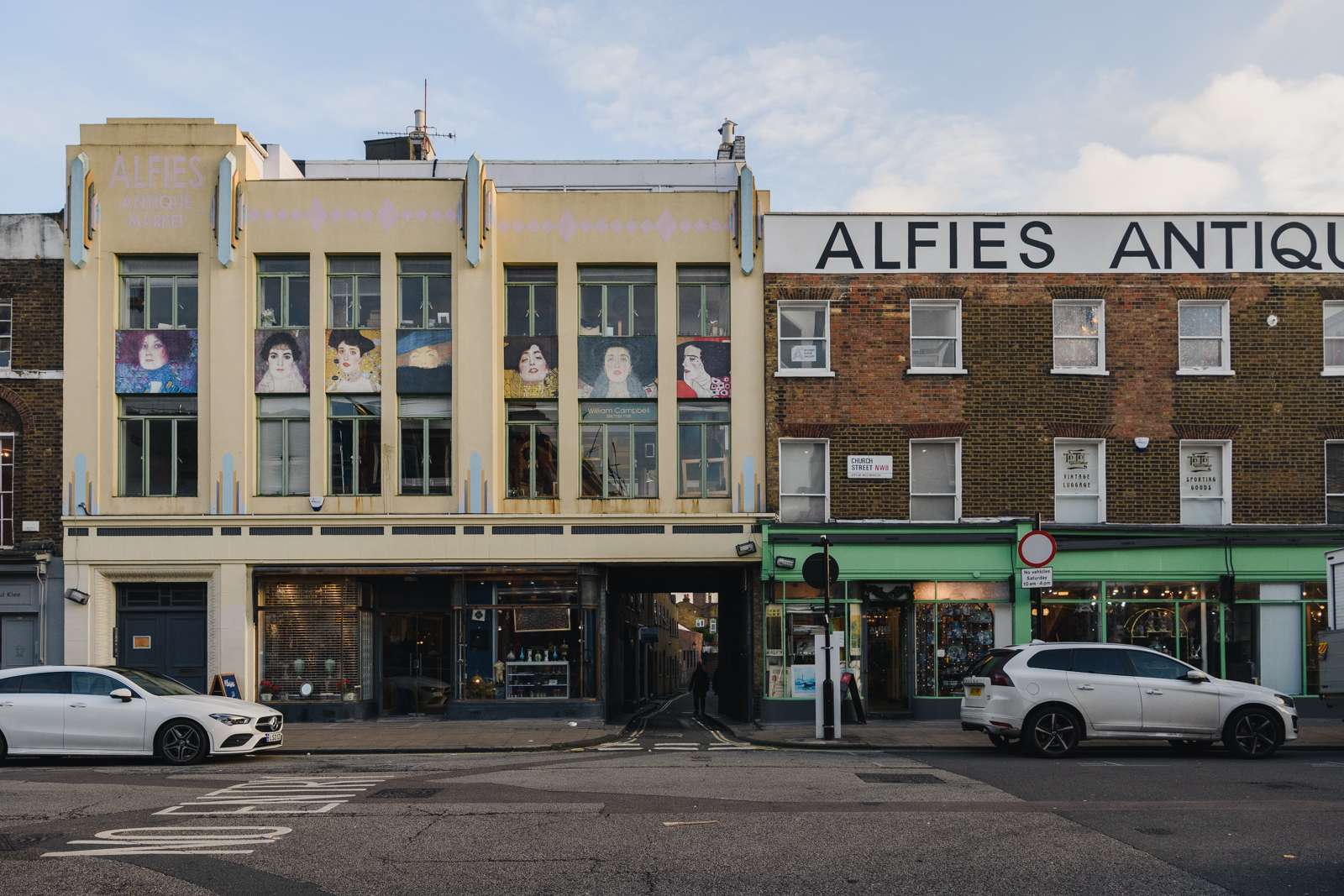
11. Church Street
A jumble of art dealers and purveyors of antiques, Church Street, which stretches from Edgware Road to Lisson Grove, is a must for furniture and vintage curios. Market traders have been selling goods here since 1830 when Portman Market – a fruit and veg market – opened in an attempt to rival the business of Covent Garden. Today locals come here to source everything from groceries to fabrics and homeware.
Among the welter, you’ll find Alfies Antiques, an indoor market where nearly 100 vendors sell ceramics, glass, silverware and collectables across four floors of an Art Deco building. Don’t miss James Worrall, which stocks Olivier de Schrijver, Maison Baguès, and Jacques Quinet; and Aaron Nejad Gallery, renowned for antique rugs and textiles sourced from Asia.
12. Marylebone Farmers’ Market
Nothing captures the villagey feeling of Marylebone more than its farmers’ market. Every Sunday local residents and fellow Londoners flock to pick up fresh seasonal produce – wild garlic in March, cherries in July, squash in October – from producers such as Chegworth Valley (juices and fruits), Wild Country Organics (vegetables) and The Parsons Nose (free-range meat). The elbow-to-elbow, tote-bag-to-tote-bag activity simply adds to the spirited, community-driven experience.
13. Little Venice and Regent’s Canal
Named so for its network of waterways, Little Venice draws in the crowds that come to watch narrowboats gently ply Regent’s Canal, cruising from Paddington towards Limehouse. Independent cafés (pick up a coffee or light lunch at the Waterside Café barge) and pubs line the towpaths, providing a down-home, folksy atmosphere, which is tempered by the grandiosity of the stuccoed villas that flank it all. Make your way along the water and you’ll find worthy stop-offs in Regent’s Park and Camden Town located relatively nearby. Keen walkers and cyclists, however, may be tempted to venture further east to Islington, Dalston, Victoria Park and beyond.
14. Regent’s Park
One of London’s finest open spaces, Regent’s Park, which acts as a gateway to the well-heeled suburbs in the north, was once the preserve of royalty and aristocrats. However, since 1841 it has become a green haven at the heart of public life. Architect John Nash remodelled this leafy enclave into what it is today, defined by an inner circle and an outer circle, with expansive fields in between. Walk through the formal gardens to find an open-air theatre and boating lake, while Primrose Hill, just to the north, is popular for its vantage point of the skyline. In October, when the famous white tents of Frieze London suddenly appear, the park becomes the epicentre of the contemporary art world.
See our Marylebone listings.
